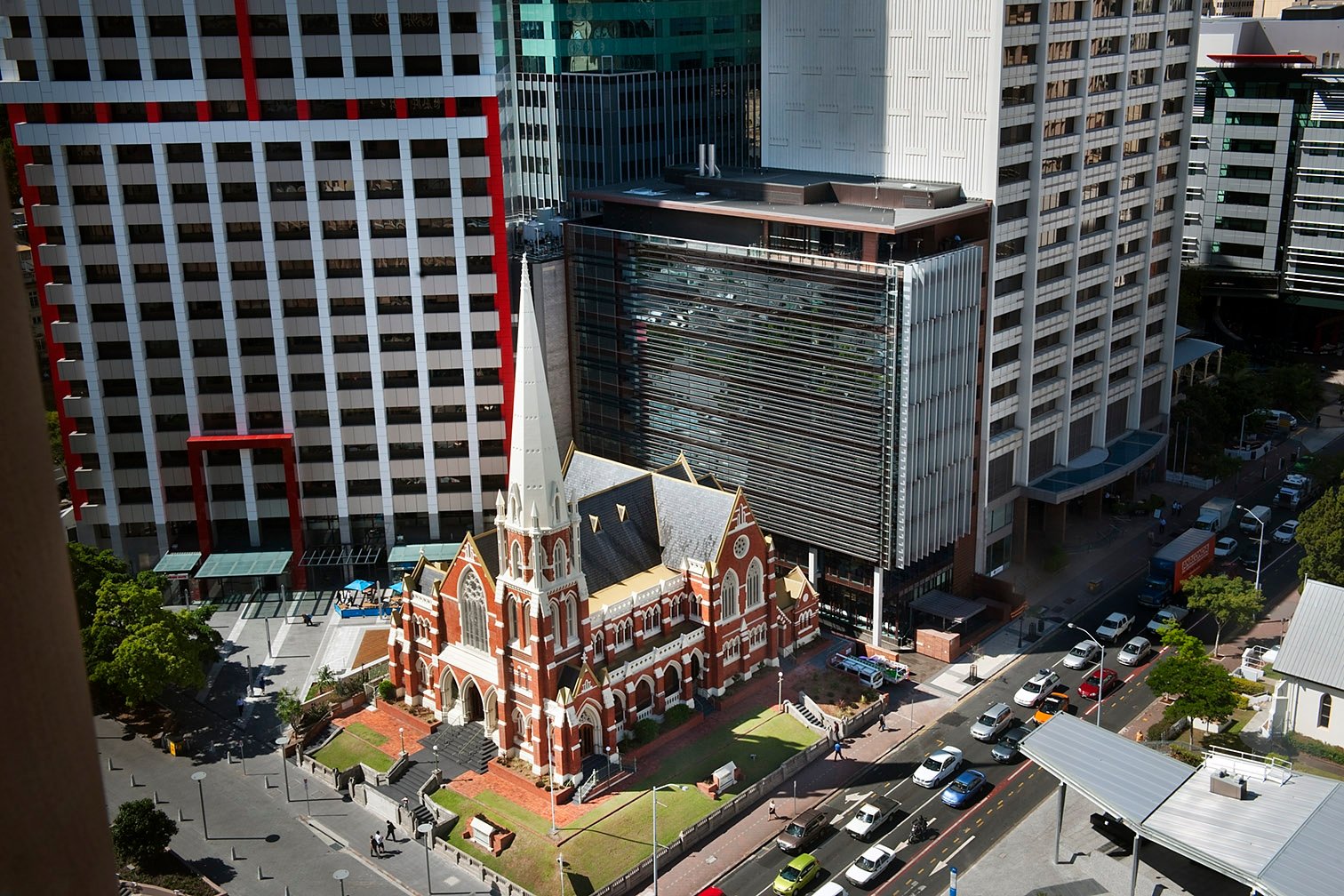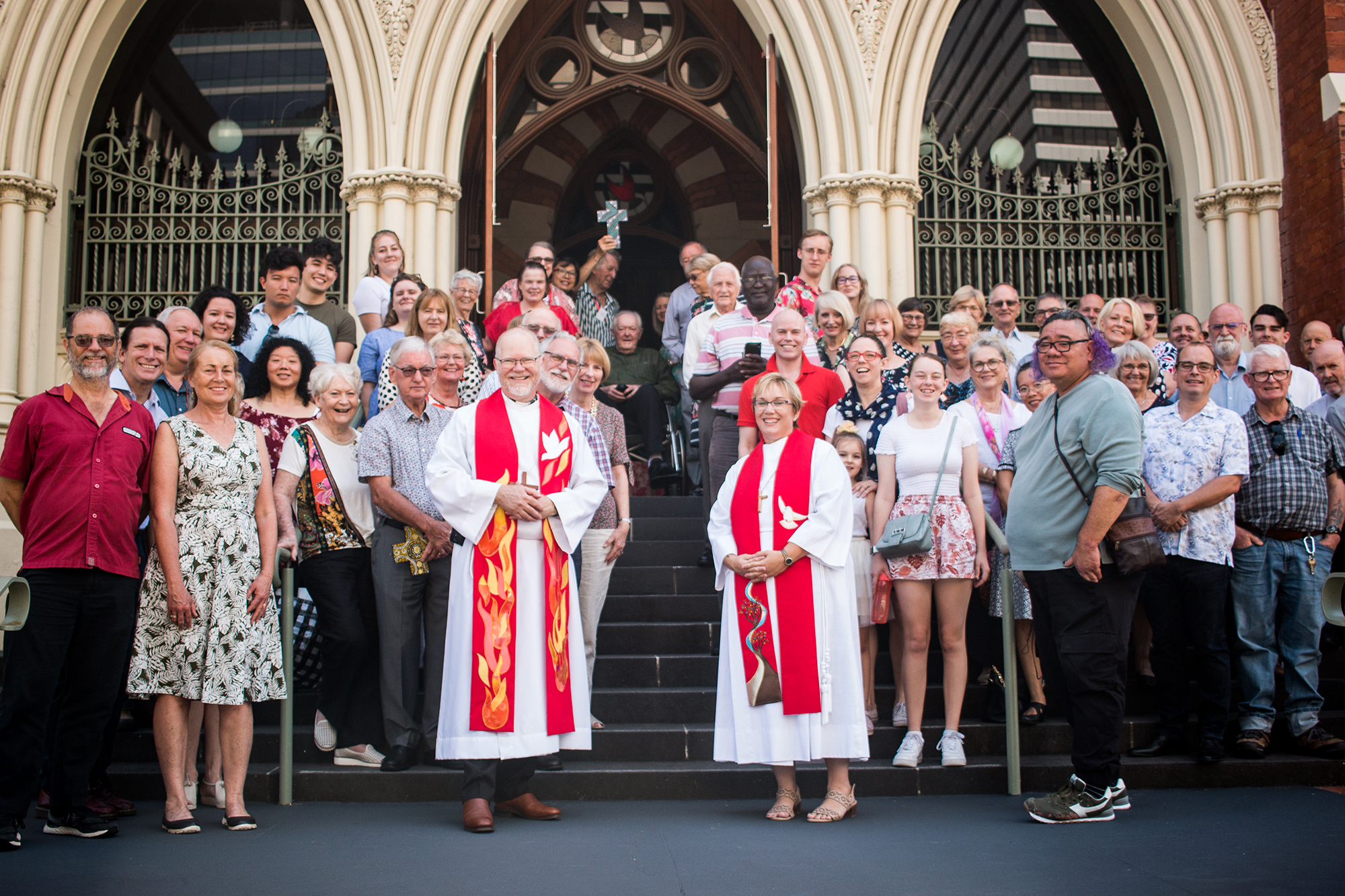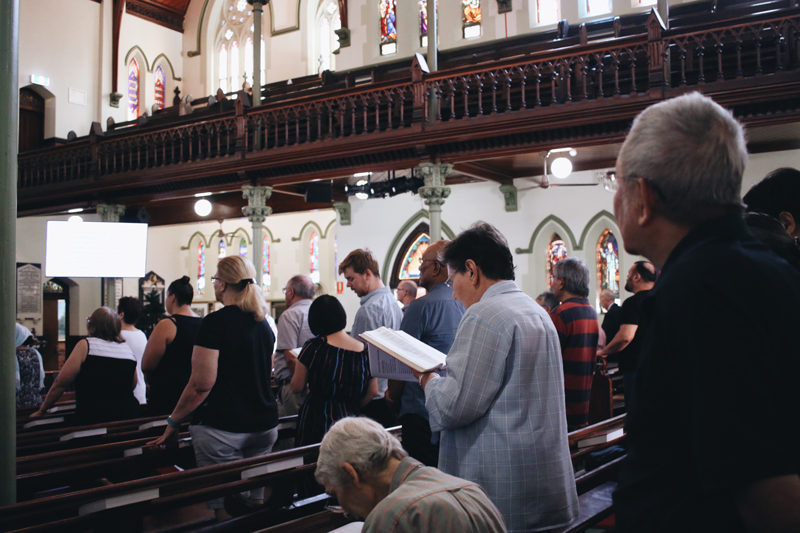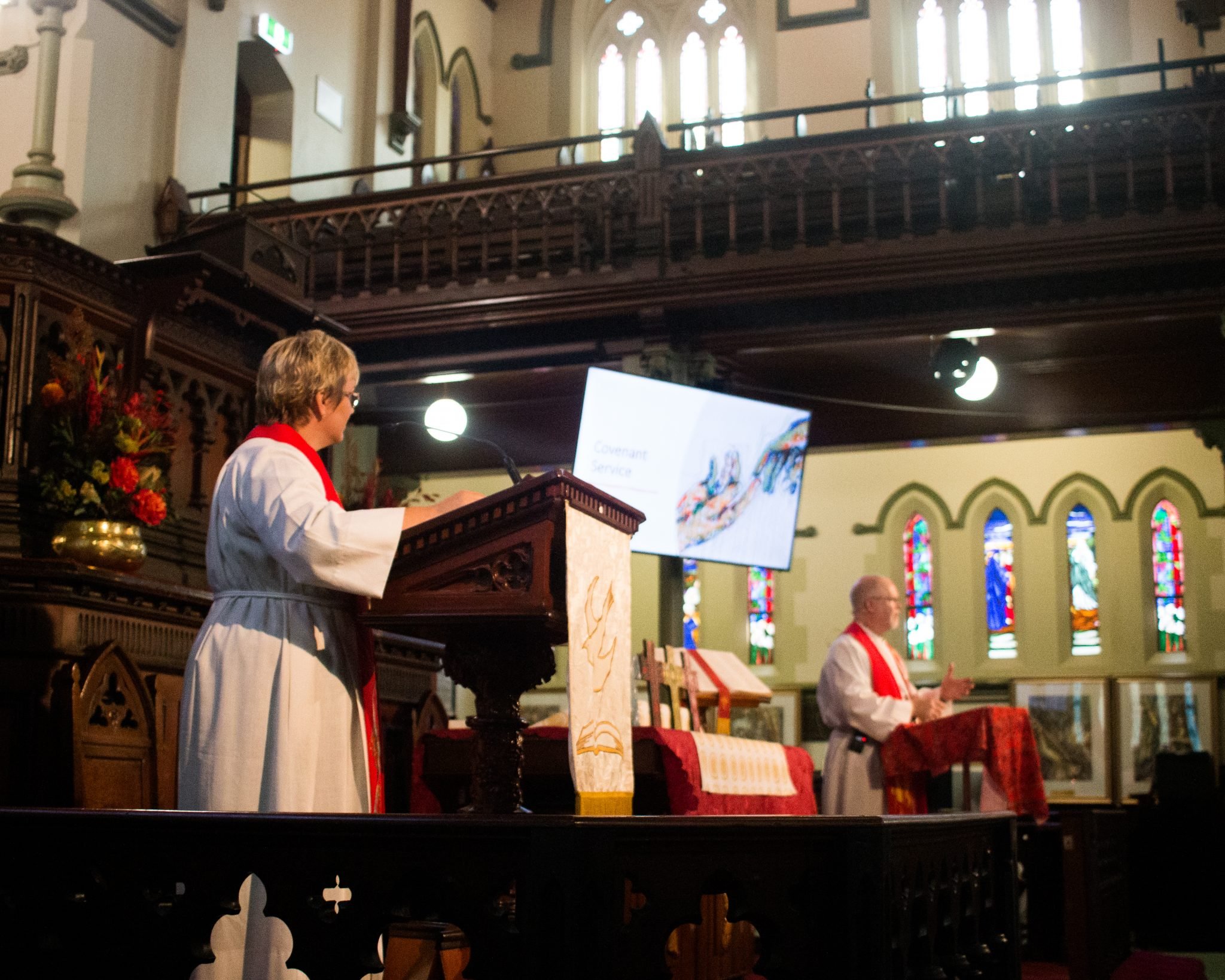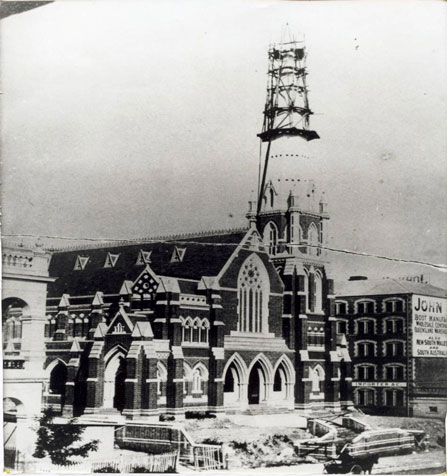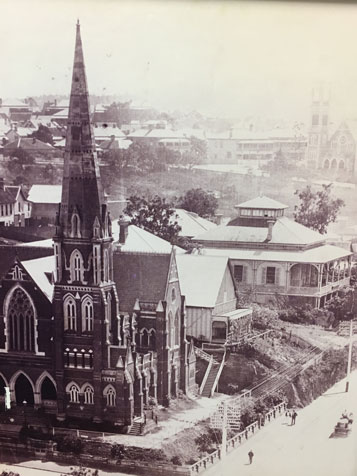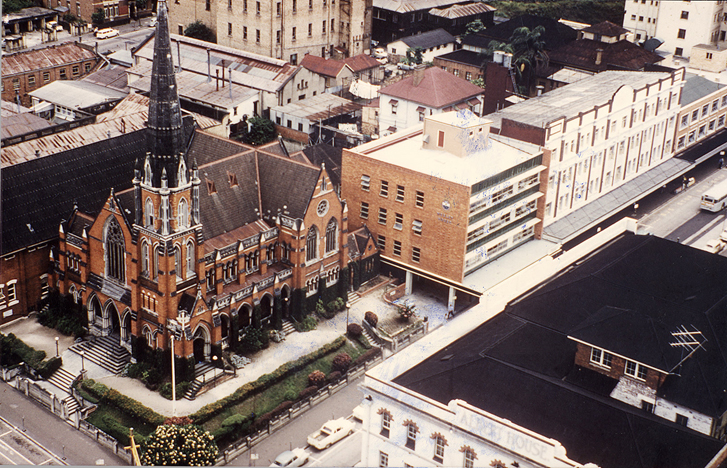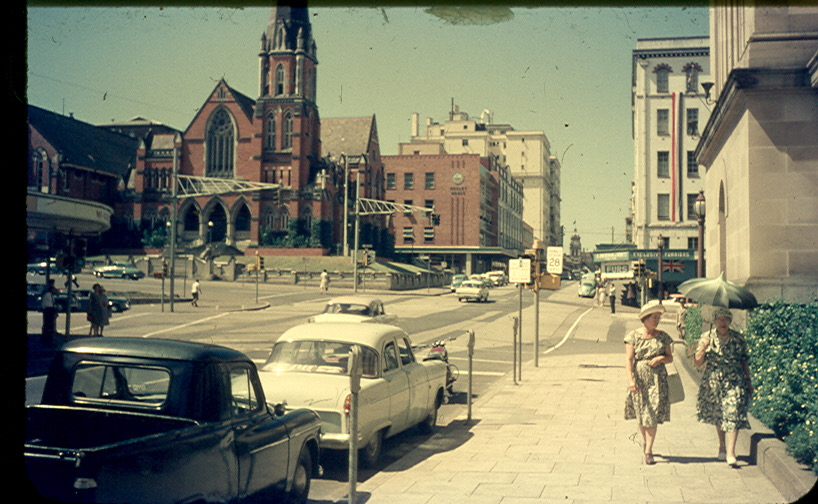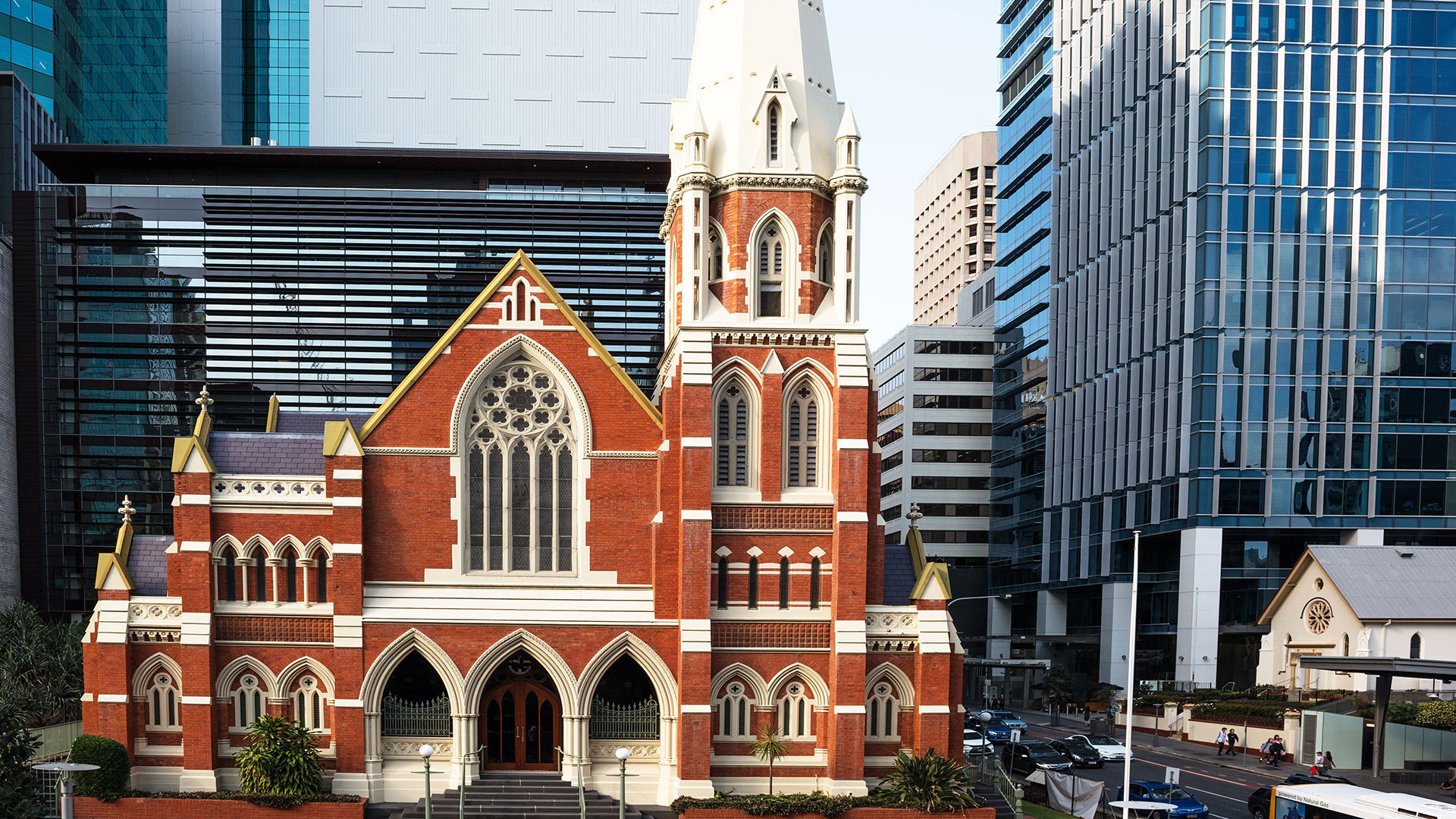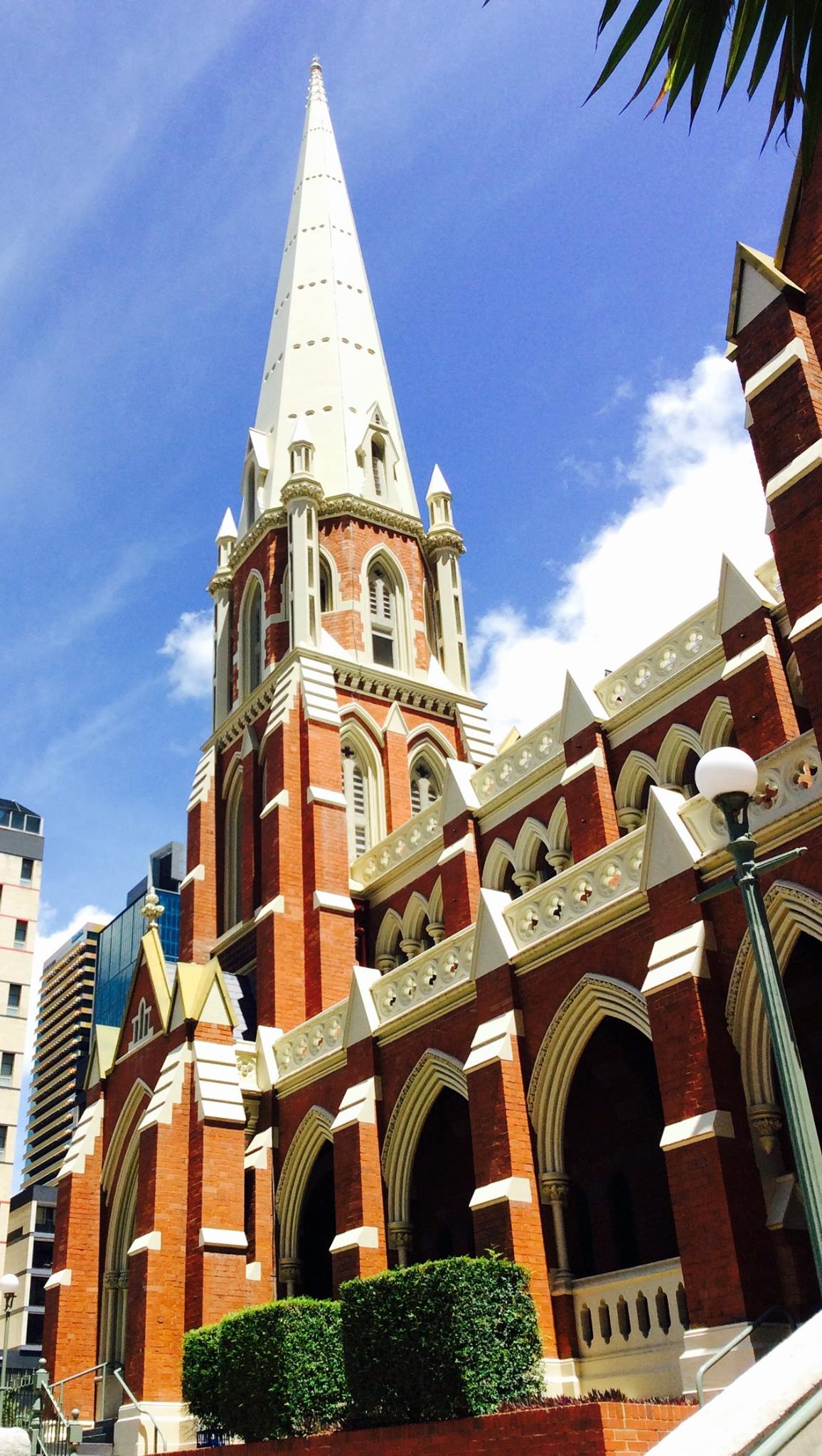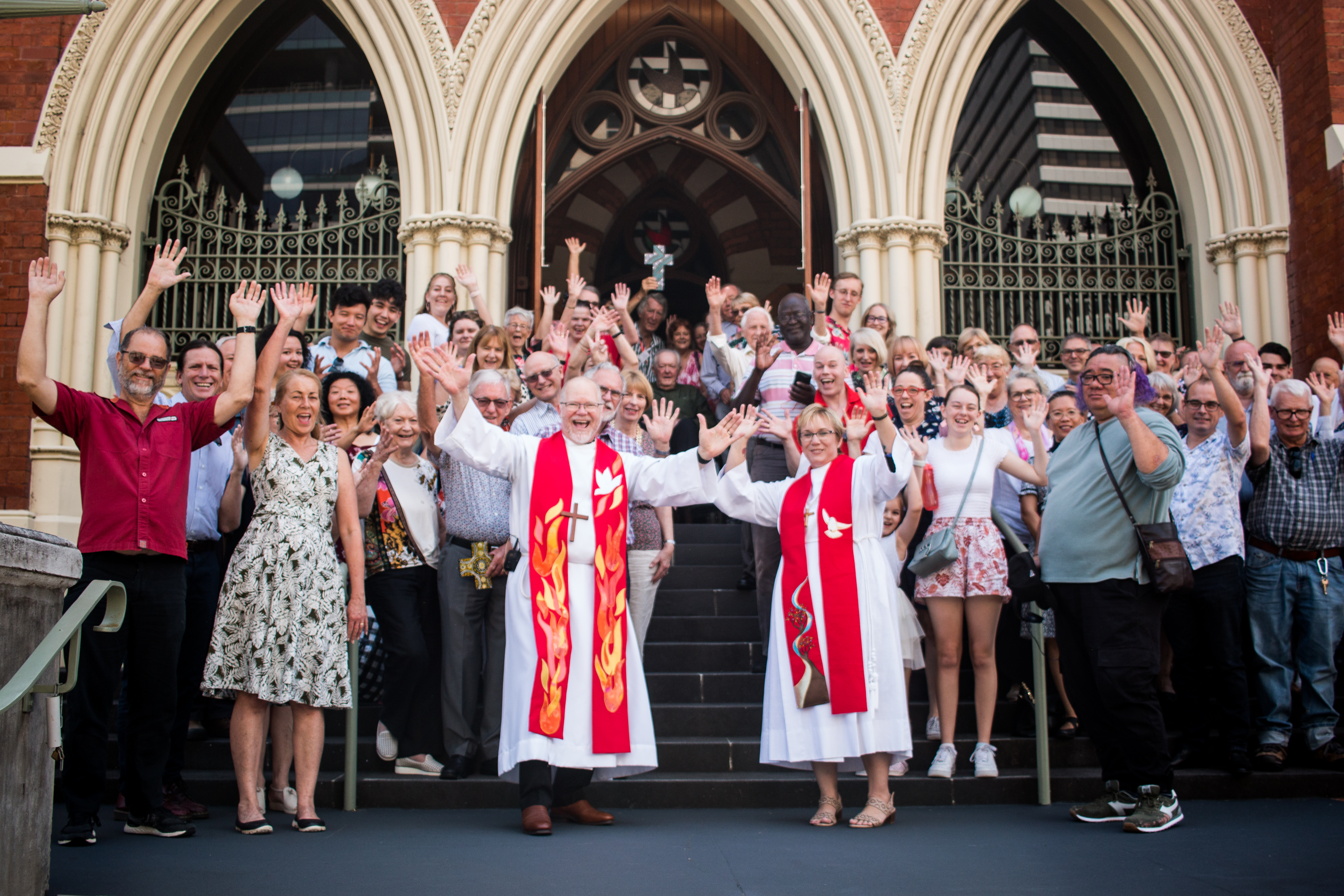Our history
The present Albert Street Church building was opened in 1889, but the history of its people goes back to when the first Methodist congregation met in Brisbane in 1847. This church was regarded as the mother of Queensland Methodism and has been the scene of many historic events. Among these were state and national conferences of the Methodist church, and the ordination of its Ministers.
Queensland’s first Methodist Minister was Rev William Moore. In 1847, before any hymns were sung or sermons delivered, his first official duty in Brisbane was to conduct a funeral service for a prostitute who had died penniless and had no one to mourn her. This act of mercy and grace towards the marginalised became a defining characteristic of the Christian community that would later come to call Albert Street Church their home.
At this current location in Albert Street, in 1907, the Central Methodist Mission was approved by the Methodist Conference as this worshipping congregation sought to meet the growing needs of the Brisbane CBD. Community services, such as the Sisters of the People, were developed to help the poor and the hungry and the marginalized. Meals were provided for local newspaper boys, many of whom were homeless, and a savings plan was put in place with local banks to provide a means for them to escape the cycle of poverty.
During the great Depression, the mission provided meals and support for the unemployed and the homeless, and the reach of the Mission began to move into the suburbs. In 1936, Queensland's first residential aged care facility was established by the Mission at our site in Chermside. At the time it was considered a bold experiment, but the Mission has always been willing to try new things and develop new ideas, in order to help those in most need.
In 1977, Albert Street joined with other Methodist churches, the Congregational Union in Australia, and Presbyterian churches to form the Uniting Church in Australia. The work of the Mission continued to mature and grow and serve the wider community by sharing the Good News of God’s love for the world, and is now called Wesley Mission Queensland.
The diversity of services provided by Wesley Mission Queensland today range from retirement living, residential aged care, and supported accommodation for people with disabilities to community care services such as youth services,, mental health services, allied health professional services, in-home care, dementia care, Auslan interpreters, hospice and end of life care. HummingBird House is Queensland's only service for families with children who have life-limiting conditions. In Brisbane city – our local neighbourhood – Wesley Mission Queensland has an Emergency Relief service and a community meal service for people doing it tough. Art From the Margins is helping marginalized people develop their artistic gifts and skills and is providing assistance and resourcing to exhibit their work. Wesley Mission Queensland now has more than 70 different service locations over South East Queensland and employs over 3000 staff. Each year more than 20 000 families find support and care through the services we provide.
Honour roll
The 24th of April 2021 was the centenary of the unveiling of this Honour Roll in the Albert Street Uniting Church in Brisbane. The background to this memorial is related below and a brief biography is presented of some of the people whose names are listed.
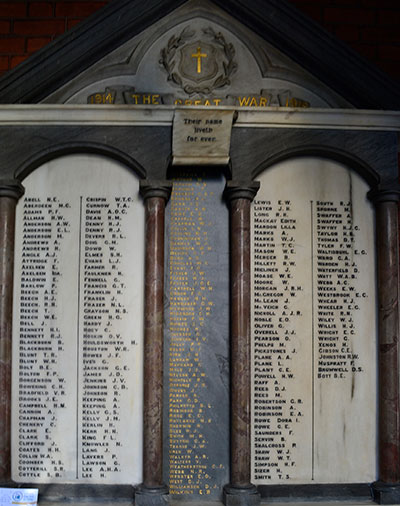
Background
Emotions running among the Australian population by the end of World War I included grief and a deep sense of loss about the dead and maimed both physically and mentally. There was also relief that such a long, grinding war was over and there would be the return of dearly loved ones.
There remained horror about what modern warfare meant – in France and Belgium the combination of massed artillery and machine guns, poison gas, barbed wire, tanks and planes; and in the Sinai Desert and Palestine harsh climate, dehydration, isolation and great distances. There was much pride in the resilience, bravery and character of the Australian troops and the nurses.
The Superintendent Minister at Albert Street Methodist Church, the Rev Dr G.E. Rowe, had served as Queensland’s Senior Methodist Chaplain and spent a period in the Middle East in 1915. He had personally delivered much tragic news and consolation to families, and had heard many gruelling accounts from servicemen and women.
As well as the community at large, he well understood the need to honour and remember after the war, those who had served.
Special services were held in all of the Churches soon after the Armistice on 11 November 1918. The Albert Street (then Methodist) Church held such a service on 16 November 1918, followed on 2 March 1919 by a memorial service for all Queensland Methodist service members who had made the ultimate sacrifice in the War. The printed order of service included nearly 700 names and a copy was sent to all of the families of those named.
Two years later, on Sunday 24 April 1921, a marble Honour Roll was unveiled at the entrance of the Albert Street Methodist Church. On that day it listed 225 names, with four others subsequently added.
Sixty-five in total had died during the war. This is a relatively high proportion; perhaps explained by the substantial percentage who had served in the infantry. Another notable feature is the number who served in medical roles – in field ambulance units, in hospitals, and on hospital ships.
Many of the 229 were Australian born, single and aged 18-30 – as was the case with enlistments throughout Australia. With many coming from Brisbane, they were primarily tradesmen, clerks, salesmen, labourers and professionals (including four nurses). However, their individual stories are very varied as demonstrated in the following brief accounts.
It is not for ourselves that we have erected this visible remembrance of great deeds, but rather that those who come after us and have not experienced the horrors of war, or realised the wanton destruction or utter futility of it all, may be inspired to devise some better means to settle international disputes other than by international slaughter.
A quote from Sir Alexander Hore-Ruthven, then Governor of South Australia made at the unveiling of the South Australian National War Memorial, 25 April 1931, is apposite. Sir Alexander was later Governor-General of Australia 1936-1944.
Biographies
We are posting this material to memorialise the people listed on the Roll, not to glorify war. Below are biographies of some of the people on the Honour Roll. A full list of all names on the Honour Roll can be found at the bottom of this page.
If you have any further information about any of the people whose biographies are below, or others on the Honour Roll, please contact the Church office: [email protected]

AXELSEN, Ida Marie (1878-1967)
Ida’s vocation was helping others through nursing care. She was born in Tiaro, Queensland, and trained at the Maryborough Hospital and the Melbourne Women’s Hospital. She then worked in Child Health in Brisbane, followed by St Mary’s Private Hospital, Wynnum. For eight years she was one of the Sisters of the People at the Central Methodist Mission in Brisbane. The Sisters made many thousands of home visits each year, providing nursing and welfare assistance to anyone who was in distress.
As a member of the Australian Army Nursing Service 1915-1918, she served on No.2 Hospital ship ‘Kanowna’, tending to the wounded and sick onboard for nine voyages. Conditions were challenging, with a high workload for the nurses and in places like the Red Sea, heat and lack of fresh air in the wards below deck. The nurses were very dedicated – one wrote that “Not all the patients made it. Some died at sea, some within a day’s sailing of Fremantle. Burial at sea was always an impressive service, but it saddened the hearts of the Sisters who felt some degree of responsibility whenever they ‘lost’ a patient.”
Post-war, Ida was Matron at St Helen’s Private Hospital in Brisbane, then at the Westwood Sanatorium in Central Queensland, followed by the Maternal and Child Welfare Centre, Brisbane. Her wider professional contributions included membership of the Australasian Trained Nurses Association Council and of the National Council of Women, as well as a keen interest in the Mothercraft Association.

BARLOW, Stanley Neville (1890-1915)
Stanley was killed in action at Gallipoli when the Turkish forces made a major attack on 19 May 1915.
He was born in Narangba, one of the sons of Samuel Benjamin Barlow, a drayman, and his wife Catherine nee Lambert. After State School in Brisbane Stanley attended Stott and Hoare’s business college and worked as an insurance clerk with the National Mutual Life Association of Australasia Ltd for eight years.
In December 1914, aged 24, he enlisted in the 9th Infantry Battalion and fought on the Gallipoli Peninsula. His remains were buried in the Shell Green Cemetery there – on the headstone is his family’s requested inscription of ‘Until we meet’. The family was persistent in requesting his personal effects, and the authorities eventually located and forwarded his New Testament, a letter and a photo.
Perhaps motivated by his younger brother’s death, in July 1915 Percy Montrose Barlow, a married carter aged 35, enlisted in the 31st Infantry Battalion. He survived wounding and illness and was repatriated to Australia in 1917, and is also listed on the Honour Roll.
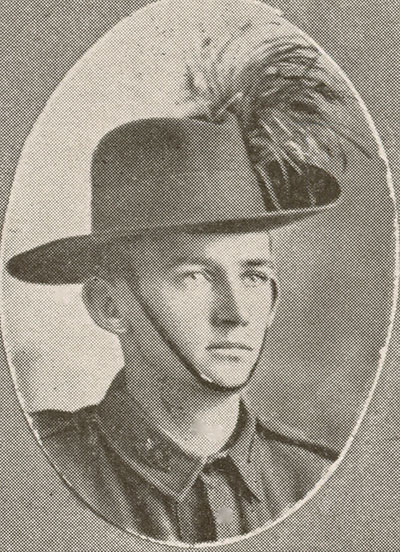
BEECH, Thomas ‘Tom’ (1894-1984)
Tom is one of five brothers on the Honour Roll. After working on his parents’ farm he came to Brisbane when he was 19 – in his words a very shy and raw country bumpkin – to work as an ambulance bearer. When he enlisted, aged 21, he was a natural choice for the Field Ambulance.
He served in the 3rd Field Ambulance from July 1915 for four years in France and Flanders, reaching the rank of Sergeant.
On discharge in 1919 he returned to what was to be a notable career with the Queensland Ambulance Transport Brigade (QATB), and also married his patiently waiting sweetheart, Letitia Emma Pritchard.
With the on-going encouragement and support of Letitia, he accepted the challenge of opening a new QATB centre in Nambour in 1922, and was the superintendent there for 23 years. He moved up to the Mackay centre in 1946 and then the Brisbane centre in 1953.
Tom retired in 1965 and later in that year was made a Member of the British Empire (MBE) in the Queen’s birthday honours in recognition of his service to ambulance work. He lived to the age of 89 and died in 1984, survived by Letitia and one of their three children.
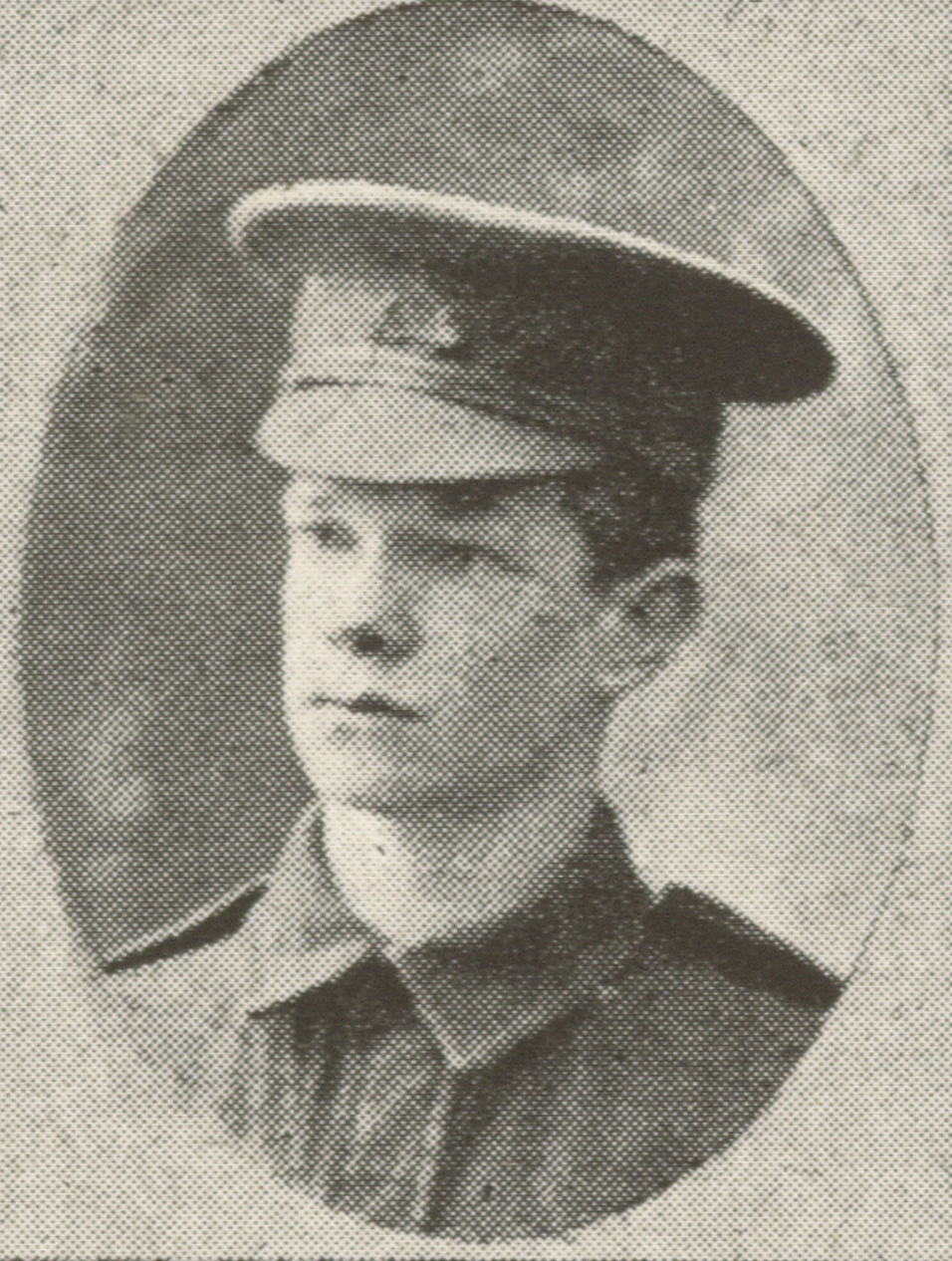
BLUNT, William Henry (1898-1969)
When enlisting in 1916 William gave his age as 18 years and one month – but was actually two weeks short of his 18th birthday.
He had worked as a porter with Queensland Railways after leaving school and was a son of Isabella nee Gregg and Samuel Blunt (a Postmaster-General’s Department employee).
William served on the Western Front with the 42nd Infantry Battalion until he was gassed in May 1918, and on return to Australia in 1919 was still recovering. When he married Mary Hosier (the daughter of a farmer) in the Albert Street Methodist Church in 1926 his occupation was labourer, but later he joined the PMG and was a linesman. He and Mary had two children.
In 1943 a workplace accident on communication lines meant he lost the sight in his right eye, although he was able to continue in the PMG until 1958.
His brother Thomas Reginald Blunt is also listed on the Honour Roll – he was married in 1916 to Jane Sterling by the Rev AC Plane (see the entry below on LG Plane), and served in the 1st Pioneer Battalion on the Western Front.
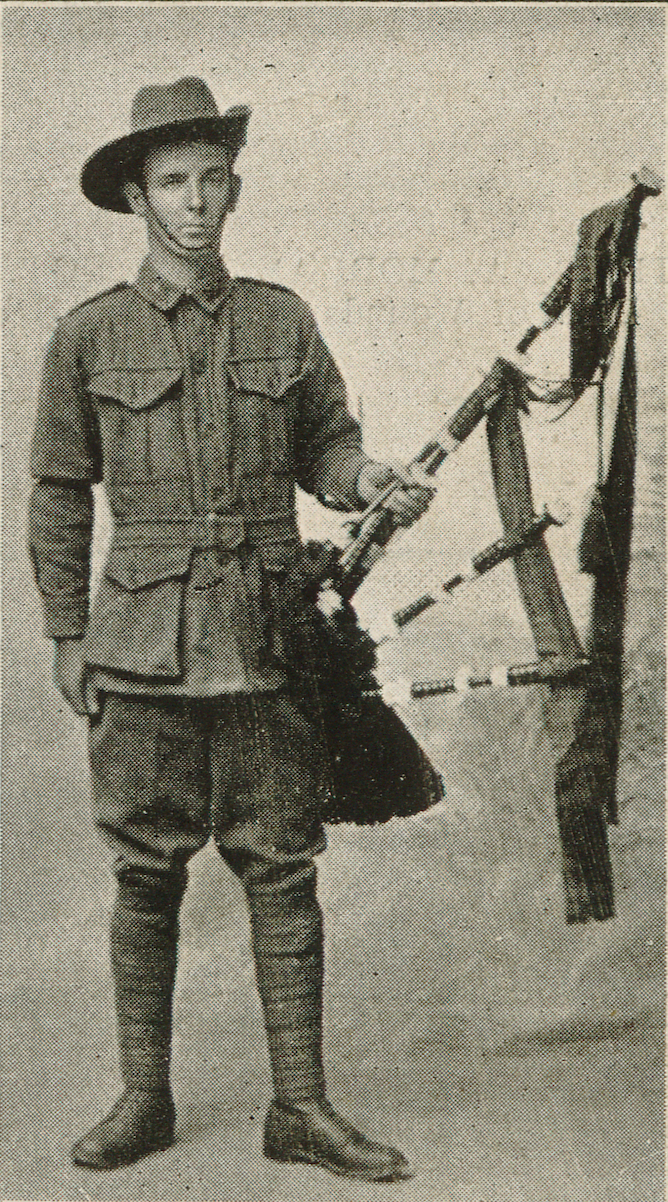
BREMNER, Francis (1884-1916)
Francis was a proud Scottish Highlander and keen bagpipe player. His father Donald was a fisherman and his mother Katherine (nee Duchart), was the daughter of a fisherman – but Francis took another path and joined the Royal Scots Regiment, serving for 12 years in the South African Boer War, India and Ireland.
He migrated to Australia and was working as a labourer when he enlisted in the Australian infantry in October 1915. Two months later he married Brisbane-born Mary Eleanor Andrews in the Joyful News Methodist Mission Hall, 136 Brunswick St., Fortitude Valley, embarking for overseas service shortly after that.
In France Francis was placed with the 47th Infantry Battalion and promoted to Lance Corporal, but died of wounds received in the fighting at Pozières in 1916. His bagpipes weren’t found and able to be returned to Mary, adding to her distress. The inscription on his grave in the Wimereux Communal Cemetery, France is ‘In memory of the dearly beloved husband of M.E.Bremner of Brisbane’.
The following year the Andrews family mourned the loss of Mary’s brother Edward Matthew who died of wounds in France. He is also listed on the centre panel of the Honour Roll.

BRUMWELL, Donald Stanley (1887-1966)
Donald was a front-line Chaplain with Infantry Battalions during World War 1. English-born, he was ordained as a Methodist Minister in Brisbane in 1914 and enlisted in 1915, aged 28. He suffered shell shock and gassing, including in April 1918 when ‘he acted in a conspicuously courageous manner in attending to casualties. The Field Ambulance was in the gassed area, and the staff were fully engaged. Chaplain Brumwell, realising that additional aid was necessary, established an aid post on the south side of AUBIGNY, and though under severe bombardment of gas and H.E.(high explosive) shells, continued to work until compelled to leave by sheer exhaustion’. He was made an Officer of the British Empire (OBE) in 1919 in recognition of his service as a Chaplain.
During World War 2 he was the Senior Methodist Chaplain for Queensland, and also served as President of the Queensland Methodist Conference.
He died in 1966, survived by his wife Ida (one of the daughters of the Rev GE Rowe) and their two children.
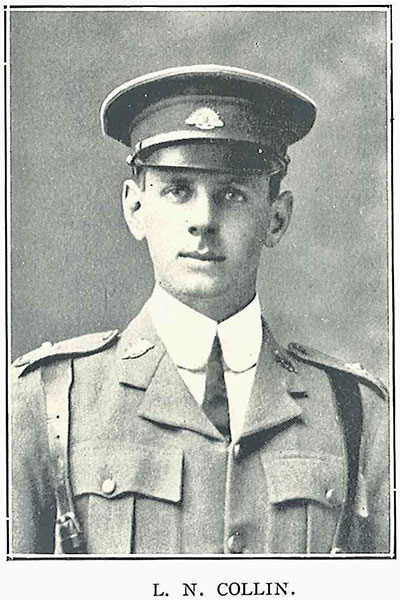
COLLIN, Leslie Norman (1894-1915)
After completing his first year at the University of Queensland (aimed at a career in the law), Leslie promptly enlisted in the 1st AIF in September 1914. He came from a notable family – his grandfather Captain William Collin, a master mariner who anchored buoys through the Torres Strait passage; his father the head of W Collin and Sons Ltd., Shipowners and Agents. The family were members of the Albert Street Methodist Church congregation.
As a Lieutenant in the 15th Infantry Battalion Leslie showed ‘great gallantry, cool and careful leadership’ and was ‘a tower of strength to his tired and sleepy men’. He was killed in action at Quinn’s Post on the Gallipoli Peninsula on 9 May 1915, going on a dangerous mission and refusing to take more than one of his men with him because of the risk. He has no known grave but is listed on the Lone Pine Memorial on the Peninsula.
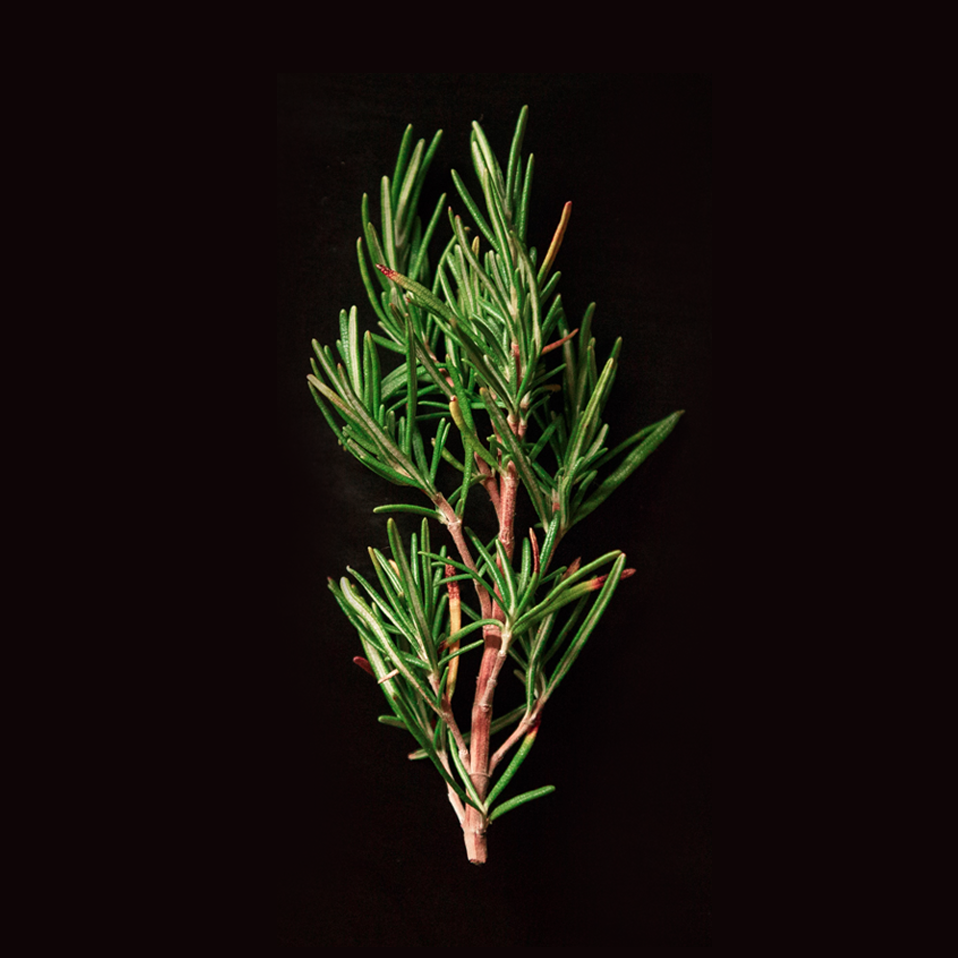
CRISPIN, William Tucker (1892-1954)
Bill was a long-serving and active member of the Albert Street Methodist Church congregation. London-born, he was the only son of Annie (nee Tucker) and a butcher, William Eastman Crispin. The family migrated to Queensland around 1909 and settled in the Brisbane suburb of Red Hill.
Bill enlisted in 1916 when he was aged 24. He subsequently served in the 14th Field Ambulance on the Western Front – surviving all the dangers that the unarmed stretcher bearers routinely ignored to help the wounded and dying. One instance in the official records tells of two squads of stretcher-bearers (Bill being in one of them) carrying many wounded a long way through the town of Buire out to a motor loading post, despite eight hours of heavy shelling of the town.
Post-war, Bill taught music, worked as a salesman, and helped his father at the butcher shop. In 1926 he married Alice Elizabeth (‘Babs’) Aravandino, a Brisbane-born school teacher, in the Albert Street Methodist Church.
Bill was a fondly regarded member of the Albert Street Methodist Church choir until 1950/51, and valued assistant and substitute when necessary to organists AH Littler (to 1933) and then AJS Day (to 1950). He was also a member of the Executive of the Board of Management for the Church.
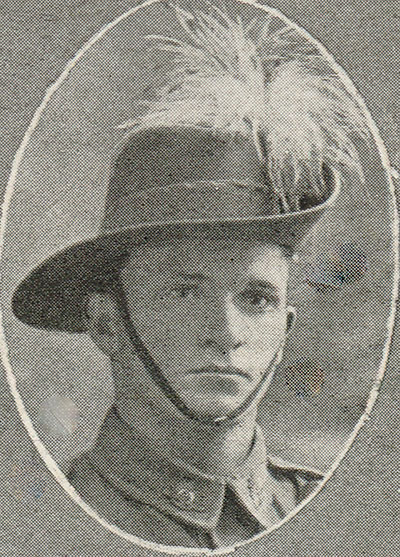
DENNY, Roland James (1888-1973)
Born in NSW, a younger brother of a notable Queensland Methodist Minister Herbert Arthur Denny, Roland completed an apprenticeship with a train and tram builder in Sydney, before moving with the family to Brisbane and working as a fitter.
He enlisted in 1916 at the age of 27, and was placed with the 25th Infantry Battalion. For his actions in early October 1917 he was awarded the Military Medal courageously rallying his men for a successful attack on 4 October and, a few days later, confronted by heavy shell and machine gun fire and needing to cross open ground, ‘he showed great courage, and by personal example and exertion, rallied his men and brought the ammunition safely to the front line’. Later in the month he was gassed and hospitalised.
He added a Bar to his Military Medal in July 1918, forestalling two enemy attempts on a critical point in the line with ‘great initiative’ and ‘conspicuous gallantry and masterly leadership’. Later in the same month, wounds to his head and scalp and a fractured jaw meant he was invalided to England. He finished with the rank of Sergeant.
In early 1918 Roland married Louisa Campion in England and they came to Brisbane in 1919. In later years they moved to Sydney, where Roland worked as an engineer, a furnace man, an ironworker, and a storeman. He died in 1973, survived by Louisa and their three children.

DODD, Alfred Searle (1897-1917)
Alfred enlisted in Brisbane in September 1916, with the written permission of his parents Ambrose and Susan (nee Searle), when he was 19 years old.
He was born near Maryborough, where his father Ambrose was a fruit grower, but later Ambrose became an insurance agent and the family spent time in Townsville before moving to Brisbane some time before 1913. Alfred worked as a mercer for A&G Finlayson there, and was a member of the Naval Reserve band.
He signed up in Brisbane on the same day as one of his older brothers (William Henry). They were placed with the 49th Infantry Battalion and in Belgium took part in the Battle of Messines – but Alfred was killed on 7 June 1917 and his brother wounded.
Alfred’s body was not recovered and he is listed on the Menin Gate Memorial at Ypres in Belgium.
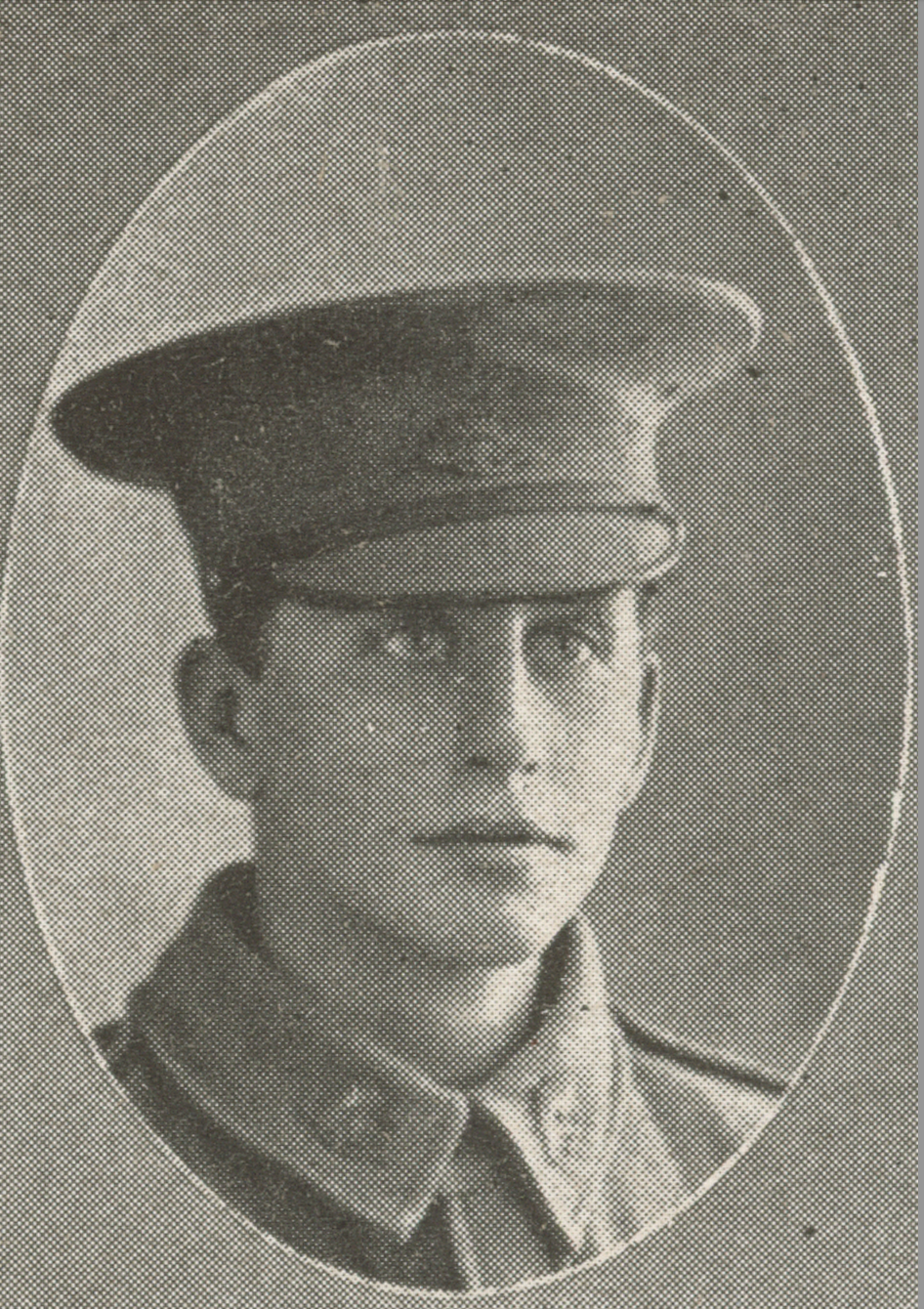
DOWD, William Leslie (1893-1983)
William served for much of the war with the 1st Australian General Hospital (AGH) – initially in Egypt and later when the hospital moved to France – but the final period of his service was in the Australian Flying Corps.
He was a clerk and keen sportsman when he enlisted in 1914 aged 21. With the 1st AGH he reached the rank of Warrant Officer quickly, and was Mentioned in Despatches in 1916 for his ‘conspicuous service’. It was in 1918 that he transferred to the Australian Flying Corps, was promoted to officer rank, and placed with the British No 38 Squadron in France.
Soon after arriving back in Australia in 1919 he married May (‘Sun’) Land in the Albert Street Methodist Church – May’s father William Land was a well-known butcher and mayor of the Toowong Town Council. William’s parents were Patrick Dowd, a tobacconist and Mary Ann (nee Jackson).
The couple spent six years in New Guinea while William was a clerk with the Australian administration there, and when back in Australia he worked as an accountant in the Chief Engineer’s branch of Queensland Railways. William had been a representative lacrosse player before World War 1, and was prominent in Brisbane rowing circles throughout his life.
In 1939 William was appointed secretary of the Queensland Patriotic Fund, but had to resign when he was called up for military duty. He served as a Major in Queensland Headquarters and was made a Member of the British Empire (MBE) in 1942. After the war he worked as a company director.

FISHER, Joseph William ‘Joe’ (1891-1915)
Joe was in the first wave ashore on 25 April 1915 at the landing on Gallipoli Peninsula. Even though the Anzacs pushed hard inland, the terrain was much more difficult than they were told to expect, formations couldn’t keep together, and casualties were high. After the first three days a little over half of the 9th Infantry Battalion were dead, wounded or missing.
Despite the family’s best inquiries, nothing is recorded about the specific circumstances and timing of Joe’s death, and his service record shows only that he was killed in action on 2 May 1915. His name is listed on the Lone Pine Memorial at Gallipoli.
Joe’s father Roger had been a successful miner in Charters Towers, and the family moved to Raceview near Ipswich where Roger had acquired an interest in a colliery there. Later when it was sold the family moved to Sherwood, attending the Albert Street Methodist Church. When Joe enlisted in August 1914 aged 22 his occupation was recorded as engine driver (stationary). Reports of his death noted that in North Queensland he had been a keen participant in cadets and with the Citizen Forces (the Kennedy Regiment), reaching the rank of Colour-Sergeant.
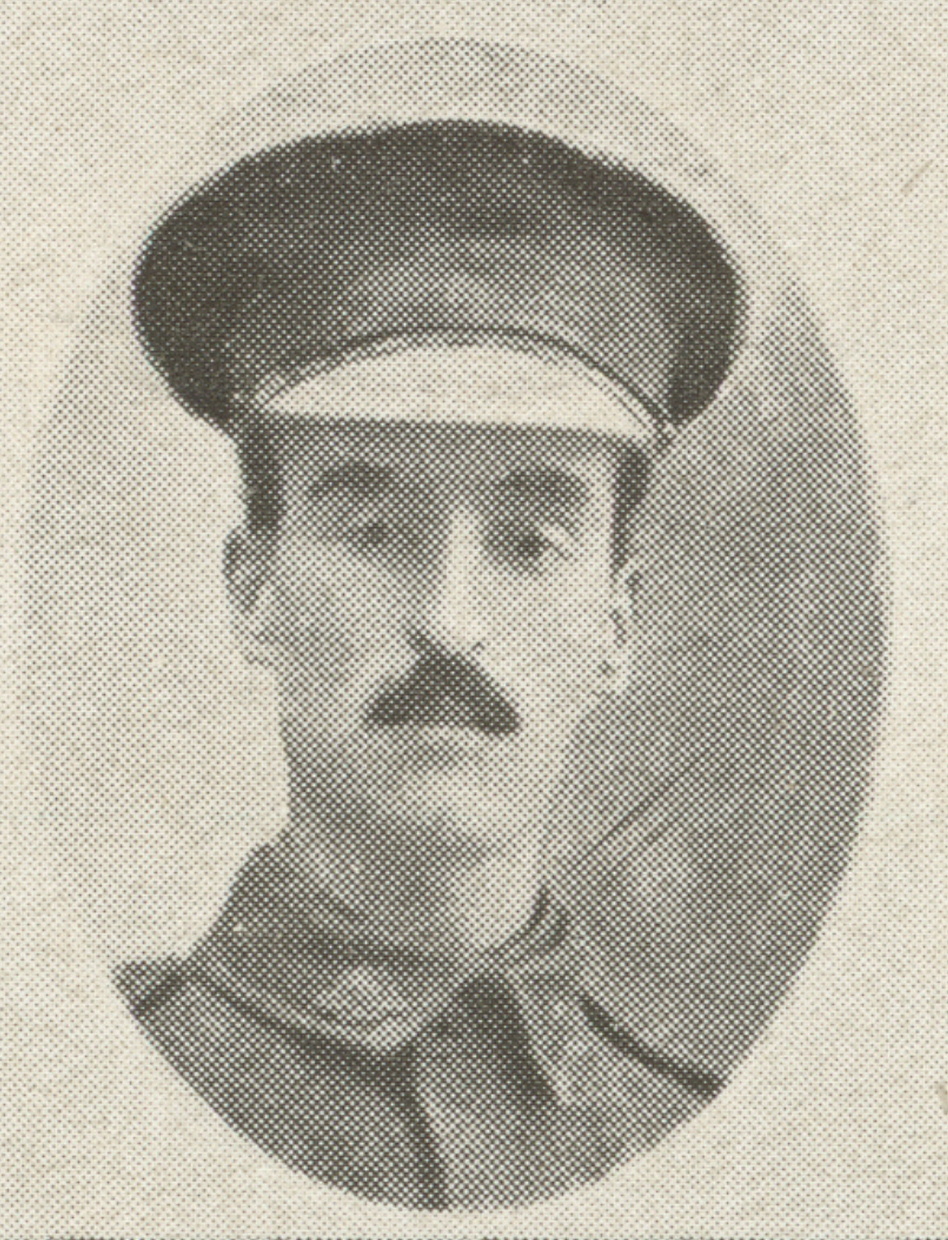
FRANKLIN, Harold Luther (1888-1966)
When Harold enlisted in 1916 he was placed with the 4th Pioneer Battalion – not surprisingly given that he was an experienced carpenter – but finished his war service as a munitions worker in England.
Born in Somerset, England, Harold was a son of Julia (nee Vigor) and George Franklin, a station master. He completed a five year apprenticeship as a carpenter and immigrated to Australia in 1910. In 1914 he married milliner Mabel Swaffer, the daughter of a carpenter, in the Albert Street Methodist Church. Mabel’s brother Adey and half-brother Harold are also listed on the Honour Roll.
On the voyage to Europe Harold suffered severe ear infections. Despite treatment in hospital on arrival in England, he had substantial and permanent damage to his hearing, and was classified as unfit for active service.
As with a number of others who were classified after being wounded, injured or permanently affected by illness, Harold signed on as a munitions worker. He had to be careful with heights and managed better working individually rather than on tasks requiring close teamwork and communication, but successfully worked in aircraft manufacturing until discharge in 1919. Post-war he was generally able to sustain employment as a carpenter in Brisbane.

HOSKIN, Frederick William (1890-1915)
Frederick died in the 17th General Hospital in Alexandria, Egypt on 21 May 1915 as a result of a severe shoulder wound received on Gallipoli. He had enlisted in September 1915 and was a Private in the 15th Infantry Battalion.
His grandparents and parents were all active Methodists in Brisbane, and Frederick attended the Leichhardt State School, after which he trained as a carpenter. When he married Deborah Beatrice Schofield on 14 April 1910 he was working as a drayman, but on enlistment his occupation was recorded as stockman.
He was buried in the Alexandria (Chatby) Military and War Memorial Cemetery.
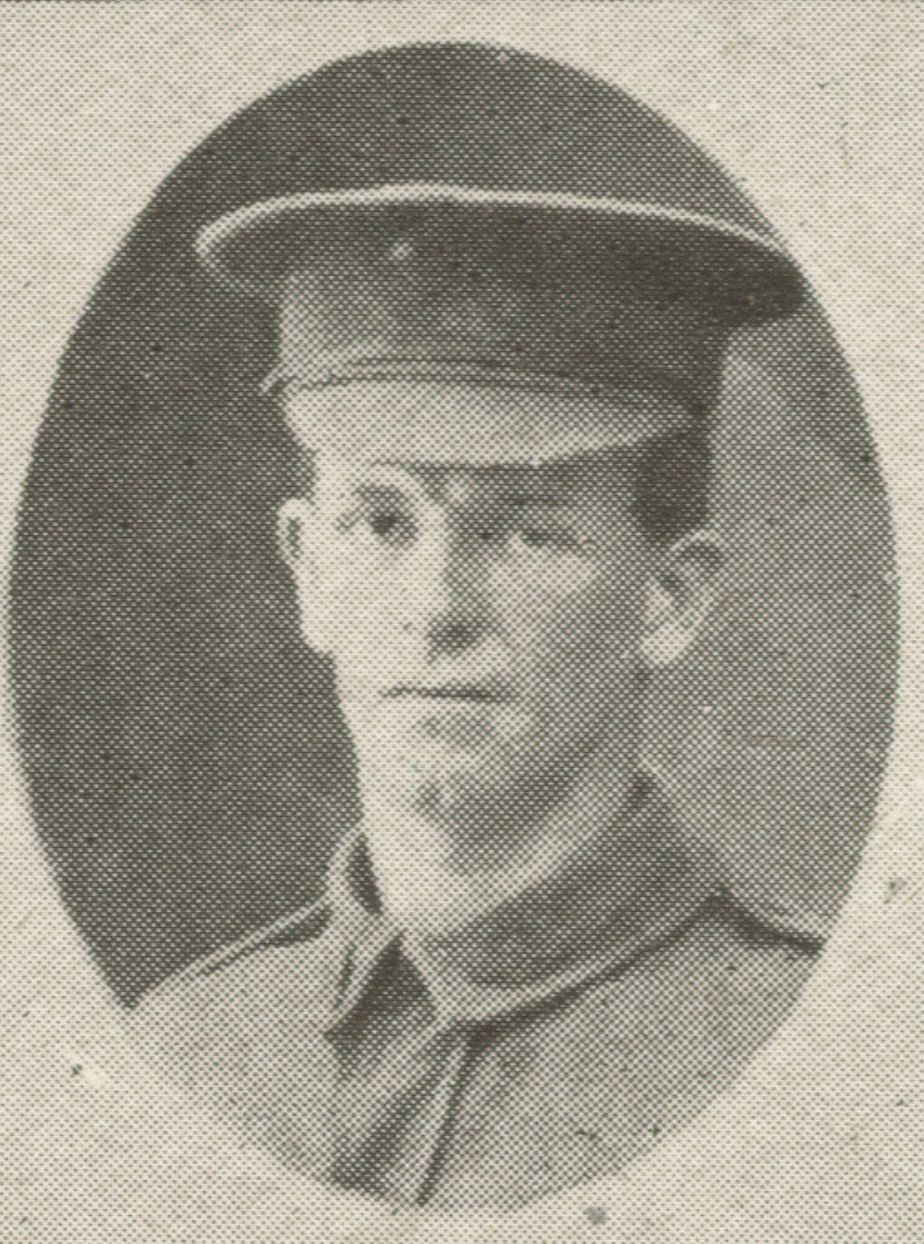
JAMES, John Davidson (1890-1973)
John was the son of Agnes nee Davidson and William Vaughan James, a painter and decorator. The Rev. George Rowe officiated at John’s wedding in 1913 to Beatrice Adeline Geldart (the daughter of an optician), as well as the later baptisms in the Albert Street Methodist Church of their three daughters.
In 1916 there was a concerted push in Australia to recruit experienced railway workers for specialist Army railway companies. John, a 26 year old railway fireman, was one who joined up and subsequently served at the rank of Lance Corporal in the 4th Australian Broad Gauge Operating Company in France.
The 4th Railway Company distinguished itself in March 1918 when a major German attack broke through and the Company showed great initiative in withdrawing their locomotives under sometimes intense artillery and machine-gun fire.
On discharge in 1919, John rejoined Queensland Railways and rose to engineer and locomotive driver.
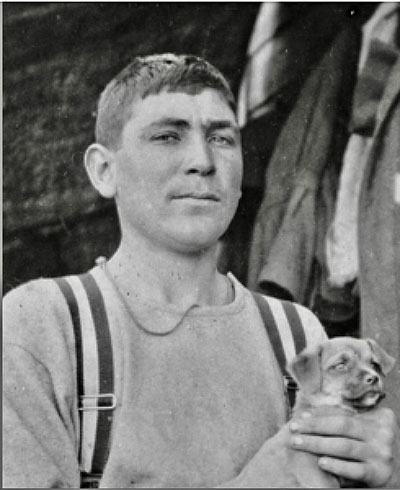
KING, Frederick Lucas (1892-1961)
Fred was working in the family firm of King and King Ltd when he was an early enlistment in August 1914. King and King was founded in Brisbane in 1886, and operated a music store in Queen Street from 1911 for many decades. Fred’s uncle James Jordan King was very involved with the Methodist Church throughout his life, including as a foundation member of the council of King’s College at the University of Queensland, and a lay representative on the Overseas Mission Board.
While serving on Gallipoli with the 3rd Field Artillery Brigade (FAB), Fred suffered a rifle shot wound, but after treatment returned to the Peninsula. He remained until the general evacuation late in 1915, despite suffering dysentery during the last month.
Next was service in France and Belgium with the 11th FAB and promotion to Lieutenant in August 1916. In fierce fighting at Passchendaele in October 1917 he suffered shell wounds to his shoulders and a compound fracture of the skull, which needed nine operations to repair.
There was modest recovery, and he married Sylvia Richmond in England in 1921 and had a family, but much of the rest of his life in England is a sombre account of Fred’s determined struggles with frequent headaches, fatigue and recurrences of dysentery. Several attempts to earn a living were thwarted by his health, although eventually he had a small wireless shop that he could manage.
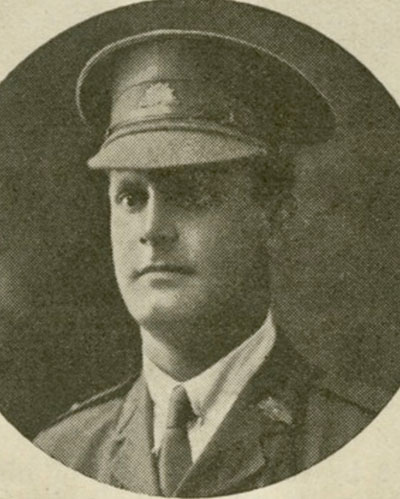
KNOWLES, Herbert Norman (1892-1971)
Herbert’s family had long and deep involvements with Methodism in Brisbane including the Albert Street Methodist Church – there are memorials in the Church to his parents Samuel and Emily Knowles, and to his uncle and aunt Walter and Katherine Barnes.
Herbert was engaged in the family gem and jewellery business when, aged 23, he enlisted in January 1916 in the infantry. Quickly rising through the ranks, he served on the Western Front as a Lieutenant with the 9th Infantry Battalion.
He was wounded twice, gassed twice, and decorated for bravery twice. In May 1918 he went forward alone to attack an enemy machine gun post and despite having a head wound, returned with the gun, thus saving casualties while his platoon consolidated new positions. In August 1918 he lead an attack on three machine gun posts, capturing prisoners and guns, and remained on duty despite wounds.
Discharged in 1919, he returned to England in 1921 and married Marie Gwendolen Hurst Hodgson that year. He established a business connected to the family business back in Brisbane, and died in the UK aged 78.
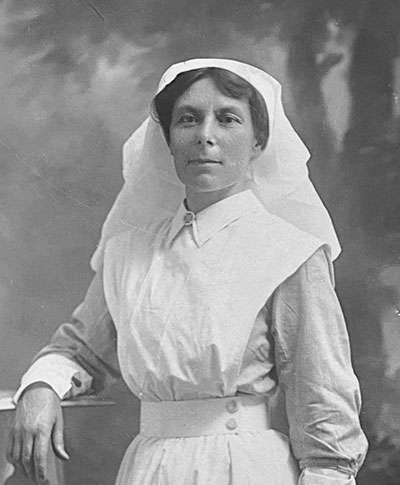
MACKAY, Edith Jane (1872-1959)
Edith was born in Ulladulla, completed her nursing training in New Zealand, and, like Ida Axelsen, was a Nursing Sister with the Central Methodist Mission in Brisbane when World War 1 broke out. Australian nurses served in a number of ways during the War, and Edith first chose a path of travelling to the UK and being engaged by the British Red Cross to work in a hospital in the French town of Lourdes, which treated patients of many different nationalities.
After two years in Lourdes she worked in Salonika, Serbia, and Corsica, and was in Salonika when the Armistice was declared in November 1918. Conditions were dire during and after the war for many, and Edith and other nurses willingly put up with limited food, the risk of disease, and lack of comforts to aid the people. Post-war, Edith undertook relief work for five years in Serbia, and then famine-stricken areas of Russia. By the end of all this, Edith could speak nine languages, and was awarded the Red Cross Medal and the Serbian White Eagle.
Back in Australia, Edith was Assistant Matron at Thornborough College, Charters Towers, and later had her own private hospital at Goombi (between Miles and Chinchilla). She retired when aged 72, and died in Byron Bay in 1959.

MARDON (later JACOB), Emily Clarice Lilla (1890-1975)
Lilla enlisted in 1915 and was a nurse in the 1st Australian General Hospital in Egypt and later France. She then devoted her life to the Methodist Church and service to others.
Brisbane-born, Lilla had trained at Ipswich Hospital and was aged 25 when she enlisted. She was a daughter of Charlotte Louise nee Cooling and grocer Edward John Mardon. Some of her cousins are also on the Honour Roll – namely WH Cooling (centre panel), and also JC Overell and RM White.
In 1920 she married the newly ordained Rev. John Egerton Jacob in the Valley Methodist Church, and the couple departed for missionary work at Dobu Island, Papua for six years. They had three children. Involvement with mission work continued for another 10 years (John was State Secretary for overseas missions), and they then moved to various other posts in south-east Queensland. Successful establishment of the Ipswich Central Mission in 1950 was one of their notable achievements.

NICHOLLS, Roy Elgin (1894-1915)
Roy was a 20 year old draper when he enlisted early in October 1914 in Brisbane. with the necessary permission of his parents Bessie (nee Logan) and Joseph (a warehouseman).
As a member of the 15th Infantry Battalion he travelled to Egypt and we know music was important to Roy because he carried sheet music in his kit, but realising it was impractical to keep it in good condition, donated the music to the YMCA in Egypt.
The 15th Battalion took part in the landing on the Gallipoli Peninsula in April 1915, and Roy was killed at Quinn’s Post in the fighting on 9-10 May 1915 that also claimed Leslie Collin (listed earlier). Roy’s body was never recovered and his name is on the Lone Pine Memorial on the Peninsula.
It took some months for his family to be officially advised of his death and eventually his personal effects of a New Testament and cards were returned to them. Several ‘In Memoriam’ notices in the newspapers over the years from his family and friends give some glimpse of the depth of their grief.

PARKER, Audley (1880-1917)
Audley was one of our children of Kathleen Juliet (nee Munce) and William Henry Parker. William and Kathleen were very involved with the Albert Street Methodist Church, with William (noted as a man of great integrity and active in public life) being senior trustee and the oldest member of the Church at the time of his death in 1943.
Audley’s war had two parts – at Gallipoli he was orderly to the Regimental Medical Officer for the 3rd Field Artillery Brigade (FAB), Alexander Hammett Marks; then on the Western Front he was promoted to Lieutenant in the Artillery, before dying of wounds in July 1917.
Audley was a clerk with the Commercial Bank of Australia when he enlisted in August 1914 at the age of 34. He had been a contemporary of Dr Marks at Brisbane Grammar School during his three years there, and perhaps it was Dr Marks’ knowledge of his qualities that contributed to his being placed as Marks’ orderly.
After Gallipoli Audley returned to duties as a Gunner, but was fairly quickly promoted to 2nd Lieutenant and later Lieutenant. He was in action in France and Belgium with the 21st FAB until February 1917, when he was transferred to the 1st FAB, and was with that unit when he was fatally wounded on 21 July 1917 at Zillebeke near Ypres. He died of his wounds the same day in a casualty clearing station, and was buried in the Reninghelst New Military Cemetery.

PLANE, Leslie Clifford (1894-1943)
Leslie was one of two sons of the Rev Alfred Charles Plane (a Methodist minister for 50 years and an Army chaplain for 21 years) and Elizabeth (nee Agnew).
In 1914 both brothers served in the Naval and Military Expeditionary Force that captured posts in German New Guinea. Leslie caught malaria during this expedition, and took up farming on his return to civilian life.
However, prompted by the serious wounding of his brother Alfred Agnew Plane, who had to have his left leg amputated, Leslie enlisted in the 1st A.I.F in 1917. Leslie then served in the 9th Infantry Battalion on the Western Front, reaching the rank of Corporal, but in 1918 had a bout of influenza and later in that year was gassed.
In 1924 he was working as a carpenter when he married nurse Emily May Wood in the Albert Street Methodist Church. They had four children together.
Post-war Leslie suffered increasingly poor health, and in 1935 was diagnosed with pulmonary tuberculosis and the condition was accepted as due to his service. He died from the disease in 1943.

PLANT, Clifford Ernest (1887-1973)
Clifford, an English-born architect, served in the 6th Australian Field Engineers and was awarded the Military Medal – the citation in 1917 stated that he was ‘an extremely valuable N.C.O.’, often undertaking dangerous tasks such as surveys and mapping under heavy enemy fire, and continuing until the work was done thoroughly.
The rest of his service was as a Lieutenant in the 5th Australian Field Engineers.
In London in September 1918 he married Marian Gladys Rowe, a daughter of Rev. George Rowe, and the couple arrived back in Brisbane at the start of 1920. They went on to have two children.
Clifford established his own architectural practice, doing a range of projects such as beach buildings for the Redcliffe Council, renovations to Albert Hall in the late 1920s, and the art deco public hall in Murgon (which is on the Queensland Heritage Register).
He also designed the memorial stone for his father-in-law that in 1927 was unveiled in the Albert Street Methodist Church, as well as two large silky-oak communion chairs in the Rev Rowe’s honour that were presented by the Women’s Guild.
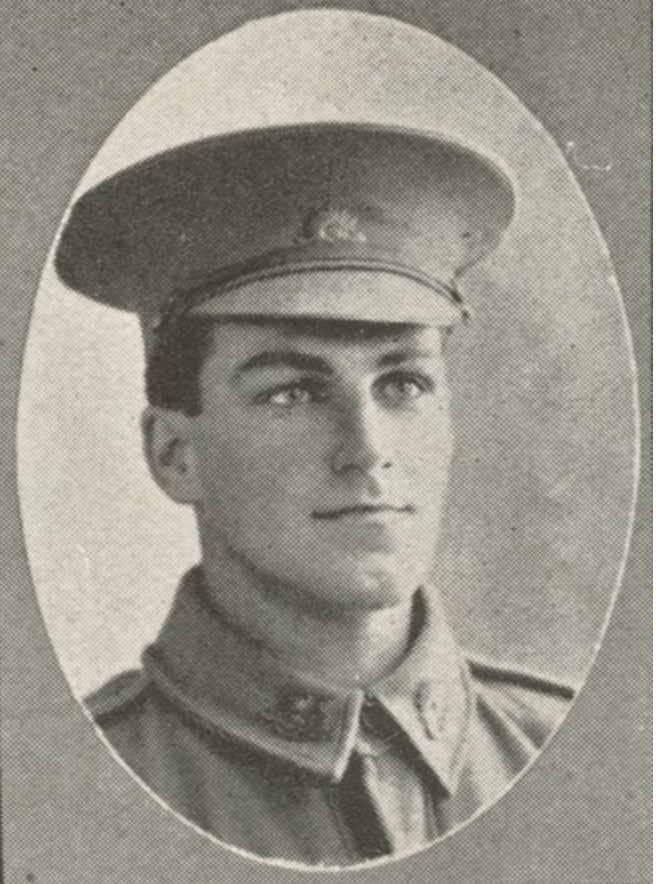
POWELL, Herman Watkins (1889-1964)
Herman’s father William was a Methodist Minister for nearly 60 years, 48 of them in Queensland. Herman attended the Brisbane Grammar School for three years, and became a chemist after undertaking a four year apprenticeship.
He enlisted in 1914, aged nearly 25, and was placed with the staff of the newly formed 1st Australian General Hospital (AGH) unit before they departed for Egypt in November 1914. He served with the 1st AGH in Egypt, was promoted to Warrant Officer, and after the Hospital shifted to Rouen in France in 1916, was promoted to the very demanding role of Quartermaster with the rank of Honorary Lieutenant.
In July 1917 Herman transferred to the 14th Field Ambulance, and served with that unit until transfer back to the 1st AGH in September 1918. Following the Armistice, the Hospital moved to England, and in 1919 Herman was promoted to Honorary Captain, before returning to Australia with his English wife, Mary Eaton.
Herman then worked as a chemist in Brisbane. During World War 2, he served in the Army within Australia as a Major. He died in 1964, survived by Mary and their three children.
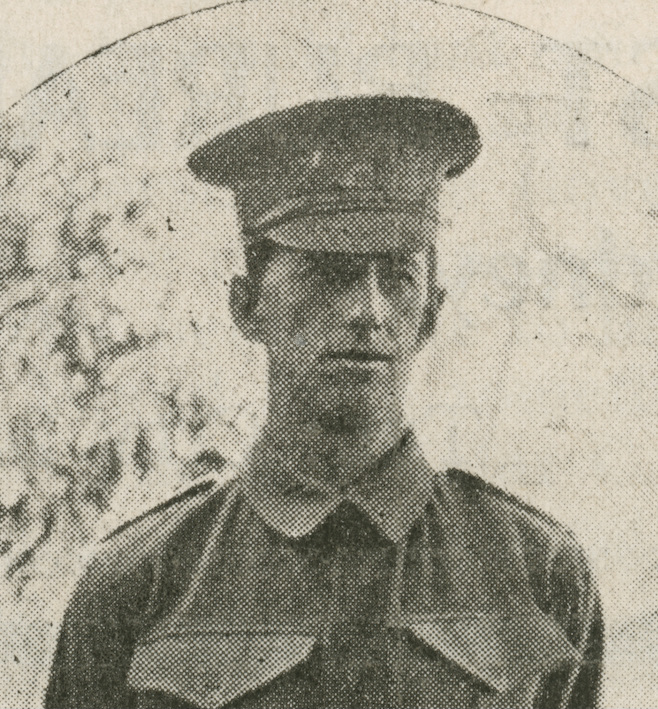
ROSE, Ernest Clifford (1886-1917)
Ernest was a Lieutenant with the 31st Infantry Battalion who killed in action during the Battle of Polygon Wood in 1917.
His parents were George Henry and Annie (nee Edwards). George was a tanner but Ernest started his working life as an assistant ironmonger, and that was his occupation in 1909 when he married Alexandra (‘Lexie’) Agnes Aberdeen. He then spent time working as a commercial traveller, but was a warehouse manager by the time he enlisted in 1915.
His body was not recovered and he is listed on the Menin Gate Memorial at Ypres in Belgium.
His brother-in-law Montrose Clement Aberdeen served in the 5th Australian Field Ambulance, was awarded the Military Medal, and is also listed on the Honour Roll.
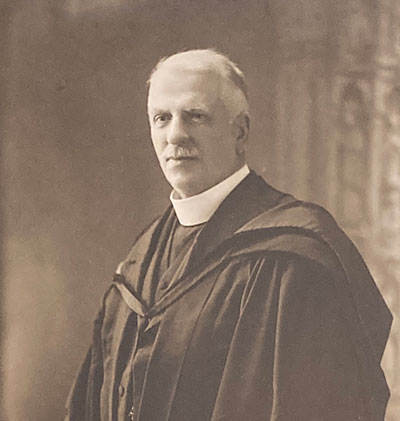
ROWE, George Edwards (1858-1926)
George was a dynamic and prominent figure in Australian Methodism. In South Australia he made a strong impression during his 12 years there; in Western Australia 1893-1905 he was gratefully remembered for the Methodist Mission’s strong response to the challenges of the goldfield rushes in remote areas and during a typhoid epidemic; while in Brisbane as Superintendent Minister of the Albert Street Methodist Church his achievements included establishment of the successful Central Methodist Mission. He was awarded a Doctor of Divinity from the Syracuse (New York) University in 1916.
A Chaplain in the Citizen Forces from 1895, he received the Volunteer Decoration for 20 years service, and during World War 1 was the Senior Methodist Chaplain for Queensland. Despite many demanding duties associated with that role, to be better informed he went on one voyage in 1915 to the Middle East with reinforcements, spoke to many soldiers in Egypt, and returned with the ship load of wounded. He was a fit and active man but died unexpectedly in 1926 on the platform at the Toombul train station.
His funeral was one of the largest seen in Brisbane, with the Church seats and aisles overcrowded, and several thousand outside who joined in the singing of the hymns. A lengthy funeral procession followed the casket on a gun carriage to Toowong Cemetery, and reports said that what was particularly striking was the representative nature of the throng – ‘all shades and sections of public opinion and all sections of political thought, and all sections of religious and social thought.’
A memorial stone to the Rev Rowe and his wife Marian (designed by his architect son-in-law Clifford Ernest Plant, who had served in World War 1 and was awarded the Military Medal) was placed in the Church in 1927.
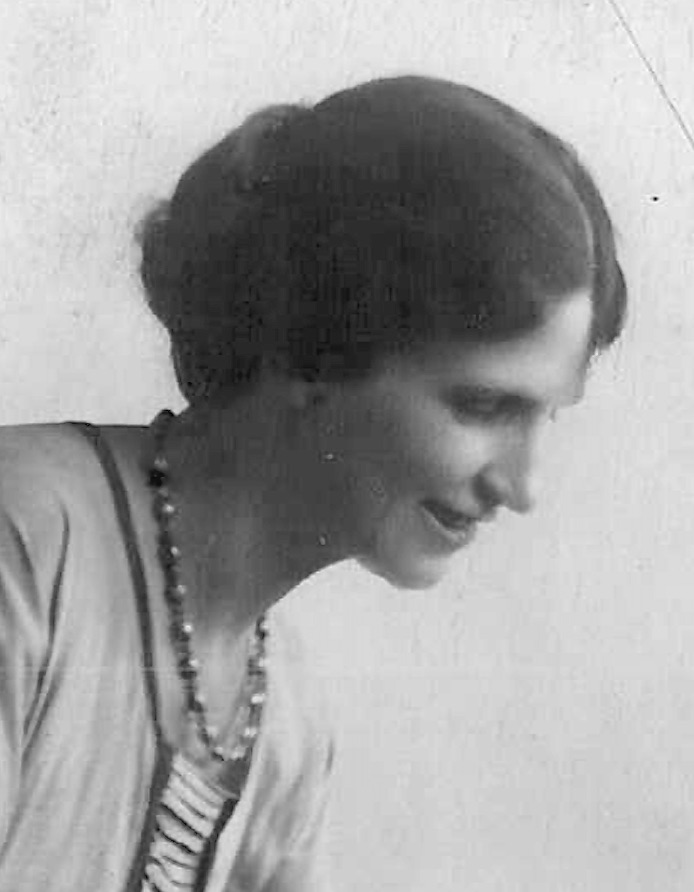
ROWE (later STEELE), Dora Irene (1889-1972)
Another of the daughters of Rev Rowe, Dora was nursing in Sydney in 1915, but after the death of her fiancé serving in the Flying Corps she joined the Australian Army Nursing Service.
Initially she served in Brisbane before enlisting for overseas service in September 1917. She was well regarded for her subsequent work in the 31st British General Hospital in Cairo.
Post-war Dora married a well known and liked doctor who had served in the War, Andrew Buchanan Steele. They had two children and both were baptised in the Albert Street Methodist Church. For many years Dora was actively involved with the annual Anzac Ball in Brisbane, and during World War 2 was vice-president of the committee running the Returned Sailors and Soldiers Imperial League club in Brisbane for servicemen on leave.
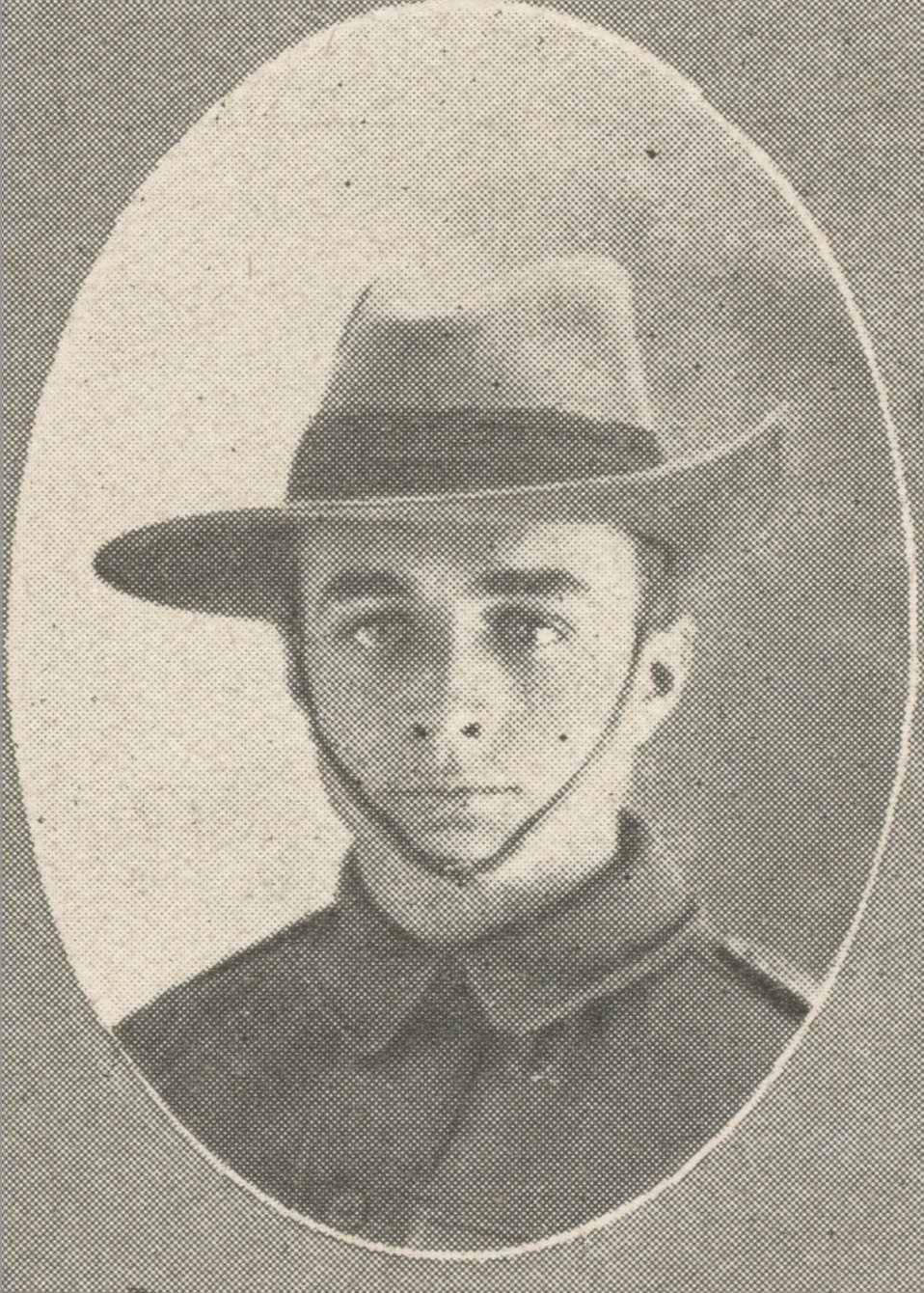
SAUNDERS, Frank Walter (1894-1948)
Frank served in the 1st AIF from 1914 to 1919, and is another who died after the war from pulmonary tuberculosis (TB) that was a result of his service.
He had migrated from England in 1912 (his parents Louise (nee Bass) and Walter John Saunders, a carpenter, stayed in England) and was working in Brisbane as a carter when he enlisted in 1914, aged 20.
He served at Gallipoli in the 15th Infantry Battalion and on the Western Front with the 4th Machine Gun Battalion. During this service he was hospitalised for influenza and was caught in gas attacks several times in 1917 and 1918.
On return to Australia in 1919 he promptly married Florence Mabel Sizer in the Albert Street Methodist Church, and at least one of their three children was baptised in the Church.
After trying farming at Woombye, Frank’s declining health made employment difficult, and his TB was accepted as war-caused in 1928.
Tragically Florence also contracted TB, and died in 1934. Her brother Hubert Ebenezer Sizer (who was at Gallipoli, and after the war a member of the Queensland Parliament) is also listed on the Honour Roll.
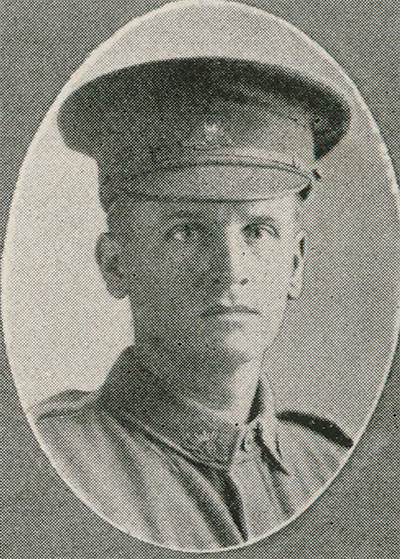
SMITH, William Henry (1890-1916)
William was born in Wolumla in NSW, but was living in Brisbane and working as a stationer when he enlisted in 1915. He also had skills as a carpenter.
Placed with the 7th Field Ambulance as a Private, he was killed in action in August 1916. His courage and willingness to sacrifice himself for others was manifest, as shown in this official description of his actions: “After being on duty at POZIERES for the whole of the night of August 4th 1916 during an attack, and although ordered to rest on the morning of the 5/8/16 hearing that a number of wounded men were lying unattended in ‘No man’s land’ asked for and obtained permission to go out and dress them. He proceeded there passing through a heavy barrage of fire and continued to dress cases until his supply of Dressings was exhausted. He returned to the Dressing Station about 2pm and obtained further supplies of Dressings and again went out to ‘No man’s land’ and continued attending to the wounded until he himself was fatally wounded”.
His body was not recovered and he is listed on the Villers-Bretonneux Memorial in France.
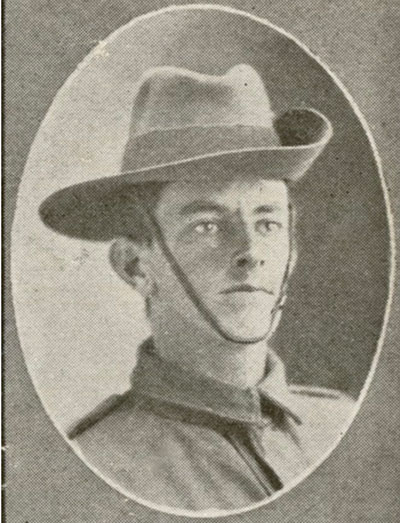
SUTTON, Charles Arthur (1890-1918)
Charles was farming near Gayndah at the time he enlisted in 1915, but had also served nearly three years in the Queensland police. He married Julia nee Clancy in the Albert Street Methodist Church one week before he enlisted. Serving with the 9th Infantry Battalion, he was wounded twice (July and December 1916) and by June 1918 had the rank of Temporary Sergeant.
After Charles was killed leading an attacking party in June 1918, a comrade who had known him since enlistment wrote to the family “I can firmly state I always found him manly, straightforward, and sober; and furthermore, not only a soldier, but a man. I cannot say too much for him.’
He is listed on the Villers-Bretonneux Memorial in France. Julia was left to grieve: ‘Far from the land that gave him birth my hero now does sleep and many’s the silent tear I shed while others are asleep…Sweet Jesus have mercy on him.’
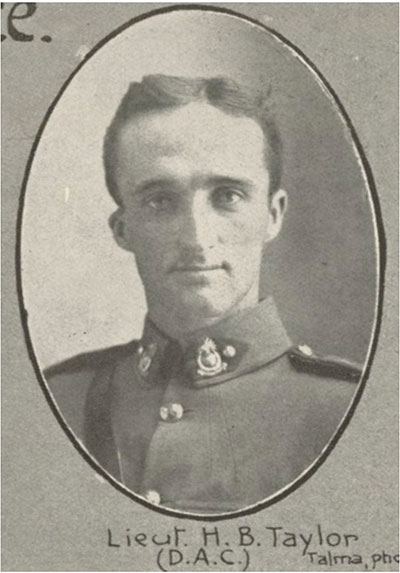
TAYLOR, Harold Bourne (1892-1972)
Harold, an artillery officer at Gallipoli and on the Western Front, was awarded the Distinguished Service Order for his great courage in very exposed forward positions, his leadership and initiative, and never sparing himself in his devotion to duty. He reached the rank of Major but a severe wound during operations east of Ypres in late September 1917 meant his return to Australia, and then discharge on medical grounds in March 1918.
He was a member of the Albert Street Methodist Church congregation and a railway clerk when he enlisted, aged 22, in 1914. After the war he moved to the private sector and rose to managerial positions.
During World War 2 Harold served in Army training roles within Australia, and then from 1947 to 1963 was a member of the Queensland Legislative Assembly – having the role of Chairman of Committees 1957-63.
Married twice, Harold passed away in 1972, and his funeral was conducted by the Rev. George Nash from Albert Street Methodist Church. There is a memorial stained-glass window dedicated to him in the Redland Bay (then Methodist, now Uniting) Church.

WALTERS, Harold Victor (1892-1918)
Harold was a 24 year old accountant when he enlisted in 1916. He was the youngest son of Thomas and Harriet Walters, who were very active members of the Albert Street MethodistChurch. Harold attended the Brisbane Normal School and then the Technical College for his professional studies.
Placed in the 25th Battery of the 7th Field Artillery Brigade, Harold was killed in action on 31 August 1918 near Suzanne in France. An enemy shell exploded when the crew were standing with their gun, and Harold fell backwards, asked ‘Am I alright?’, and died.
He was buried in the Suzanne Military Cemetery No.3, with the headstone bearing an inscription written by his parents: ‘No morning dawns No evening returns But what we think of thee’.
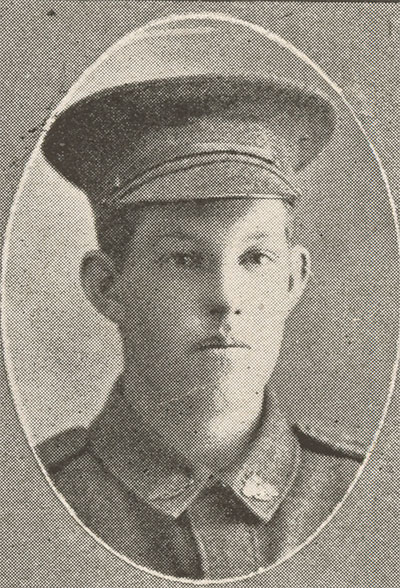
WEST, George John (1894-1916)
George’s father James was the caretaker of the Albert Street Church for 32 years, having taken over the role in 1898 when George’s maternal grandfather Thomas Hinks died.
George had served part-time in the voluntary Citizen Forces and was a 20 year old shop assistant when he enlisted in the 1st AIF in 1915. Placed with the 49th Infantry Battalion, he was a Corporal for the purposes of the voyage to Europe but, as was the usual practice, reverted to Private when the reinforcements were absorbed into the Battalion.
The 49th moved into the trenches in France in June 1916, and in September suffered heavily in the Battle of Mouquet Farm. George was one of the casualties during a costly assault on 3 September. His name is one of the many on the Villers-Bretonneux Memorial.
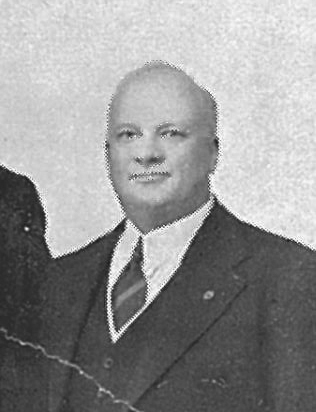
WHITE, Ralph Moreton (1892-1966)
Ralph was a certificated accountant at the Brisbane Milling Company when he enlisted in 1915, aged 23, and leadership qualities saw him promoted to 2nd Lieutenant in December 1915.
For his actions in July 1916 at Pozieres he was awarded the Military Cross: ‘He led his men to the most advanced position gained, and, although his party lost heavily, reorganised men of other battalions who had lost their officers, successfully consolidated the position, and beat off a counter-attack. After 36 hours of heavy fighting he was finally rendered unconscious by a shell explosion’. During two months recuperation he was promoted to Lieutenant, and was again recommended for a bravery decoration in February 1917, but this was not granted.
Ralph was wounded for a second time in April 1917, and promoted to Captain, but he was then ruled unfit for active service. On return to Australia he resumed his employment with the Brisbane Milling Company, and on 8 April 1920 married Elsie Dath.
Throughout the 1930s Ralph was joint treasurer of the Central Methodist Mission. Later in his career he was a company manager.

WILKINS, Edward Bennison (1879-1918)
Warwick-born Edward was a clerk in Melbourne when he enlisted at age 36 in February 1916. He did so under the name of Edward Brady – for reasons unknown to his family with his mother Matilda and sister Charlotte in Fairfield, Brisbane continuing to address letters to Edward B. Wilkins.
Placed with the 39th Infantry Battalion, Edward served in France and Belgium, was promoted to Corporal then Sergeant, and wounded in June 1917 during the battle of Messines. He was recommended for the Military Medal for his actions during the battle of Broodseinde on 4 October 1917: ‘…he displayed conspicuous gallantry in action. He several times reorganised Sections which had lost their leaders and became scattered. He was mainly responsible for the capture of an enemy machine gun and many prisoners.’
However, Edward was killed eight days later during the disastrous battle of Passchendaele, and the Medal was approved posthumously.
His name is listed on the Ypres (Menin Gate) Memorial in Belgium.

WILLIAMSON, David John (1898-1916)
David was born in 1898 in Mackay to Harry Williamson, a farmer and baker from Denmark, and his London-born wife Annie Florence nee Smout.
He attended the Laidley State School and trained as a baker, also doing four years in the senior cadets under the then compulsory military training scheme. He joined the voluntary Citizen Forces in June 1915.
When he enlisted three months later the family was living in the Brisbane suburb of Cannon Hill, with David working as a carter. He was taken on strength with the 25th Australian Infantry Battalion in France in May 1916, but was severely wounded in the shoulder on 9 June, dying of his wounds early the next morning in the casualty clearing station.
David was buried in the Bailleul Communal Cemetery Extension with the headstone inscription: ‘Mourned by his loving parents of Brisbane He died for us’.
Most of the sources listed below were used for all the stories, except where specifically indicated.
- WW1 and WW2 service and repatriation files, National Archives of Australia
- Australian War Memorial records, particularly those relating to awards and recommendations, Red Cross files, the proforma filled out by family on those who died, and Edith Mackay’s personal papers PR89/027
- State Library of Queensland, particularly early Albert Street Church marriage and baptism records, as well as blogs on Ida Axelsen by Ashley Reid, and on Joe Fisher by Ian Lang
- Digitised newspapers on Trove (National Library of Australia)
- State Birth, Death and Marriage records
- Brisbane Grammar School Golden Book; Stephenson, Stuart The Annals of BGS 1869-1922 (Government Printer, Bris.,1923); and Grammar at Gallipoli (BGS, Bris., 2015) in relation to Collin, Parker, Powell and Wilkins
- Alexander, Joseph A Who’s Who in Australia (Herald and Weekly Times, Melb., 1941-1959) in relation to Brumwell and Taylor
- A Biographical Record of Queensland Women (Webb, Elliot and Co., Brisbane, 1939) in relation to Ida Axelsen
- Chataway, TP History of the 15th Battalion Australian Imperial Forces: war 1914-1918 (W Brooks, Bris., 1948) in relation to Collin
- Albert Street Church archives
- After one hundred years: a brief story of the Albert Street Methodist Church and Central Mission (Albert Street Methodist Church, Bris., 1947)
- Smith, FR The Church on the Square: A history of the Albert Street Church (Uniting Church, Bris., 1990)
Abell N E
Aberdeen M C
Adams PF
Allman H W
Anderson A W
Anderson E L
Anderson M
Andrews A
Andrews H
Angle A J
Attridge F
Axelsen E
Axelsen Ida *
Baldwin E
Barlow P
Beech H J
Beech R H
Beech T
Beech W E
Bell J
Bennett H I
Bennett R J
Blackburn B
Blackburn H
Blunt T R
Blunt W H
Bolt B E
Bolton F P
Borgenson W
Bowering C H
Bradfield V R
Brooks J E
Campbell H M
Cannon A
Chapman J
Chenery C
Clark E
Clark S
Clifford J
Coates H H
Collin W A
Coomber H S
Cotterill S R
Cottle S B
Crispin W T C *
Curnow T A
Davis A O C
Dean H J
Denny R J *
Devers R L
Doig G M
Dowd W *
Elmes S H
Evans L J
Farmer R
Faulkner H
Fennell G
Francis G T
Franklin H L
Fraser G T
Grayson N S
Green H C
Hardy J
Hoey C
Hoskin O V
Houldsworth H
Houston W R
Howes J F
Ives G
Jackson GE
James J D *
Jenkins J V
Johnson C B
Johnson R
Keeping A
Kelly G S
Kelly J M
Kerlin H
Kerr H N
King F L *
Knowles H N *
Lang J
Lavers P
Lawson G
Lee A H A
Lee H
Alexander A
Andrews E
Arthur W
Barlow S N *
Bremner F *
Bremner G A F
Browne H G
Carr J E
Carter A B
Cawe E S
Chapple W
Chapman W J
Collin L N *
Cooling W H
Cunningham J
Daniels W J
Davidson W H
Davies G F
Dodd A S *
Douglas W C
Evans J O
Fisher J W *
Forbes W J
Foster J O E
Gartrell W H
Groom F G
Hannah N H
Hardacre G W
Harwood J W
Hodesdon C H
Hoskin F W *
Howes J C
Hughes H
Jackson G
Johnson I V
Jolly P P
Kelson H J Kirk J H
Lanham W
Maynard G
Mole J J
Nelson A W
Nicholls R *
Osborne J S
Owens J
Wilkins E B *
Parker A *
Parr G D
Philpotts S L
Robinson B
Rose E C *
Roylance H K
Sherwin H
Slee H J
Smith W H *
Sutton C A *
Teague J W
Uren W
Walker A R
Walters H V *
Weatherstone C F
Webb N R
Webster E O
West C J *
Williamson D J *
Lewis E W
Lister J H
Long R H
Mackay Edith *
Mardon Lilla *
Marks A
Marks W J
Martin T C
Mason W E
Mercer R
Millett R W
Milliner J
Moase W E
Moore W
Morgan J R H
McGregor W
McLean J
McVeigh G
Nicholl A J R
Noble E O
Oliver G
Overell J J
Pearson O
Phelps M
Pickstones J
Plane A A
Plant C E *
Powell H W *
Raff A
Reed D J
Rees M
Robertson G R
Robinson A
Robinson E A
Rowe Dora I *
Rowe G E *
Saunders F W *
Servin B
Shalcross P
Shaw W J
Shaw W T
Simpson H F
Sizer H
Smith T *
South R J
Sporne M
Swaffer A
Swaffer H
Swyny H J C
Taylor H B *
Thomas D T
Tyler F W
Waltisbuhl E G
Ward G A
Warden H J
Waterfield D
Watt W A B
Webb A C
Weeks E W
Westbrook E C
Whear H J
Wheeler E G
White R M *
Wiley W J
Willis H J
Wright E C
Wright G
Xenos H
Gibson C E
Johnston R W
Muspratt F
Brumwell D S
Bott B E

